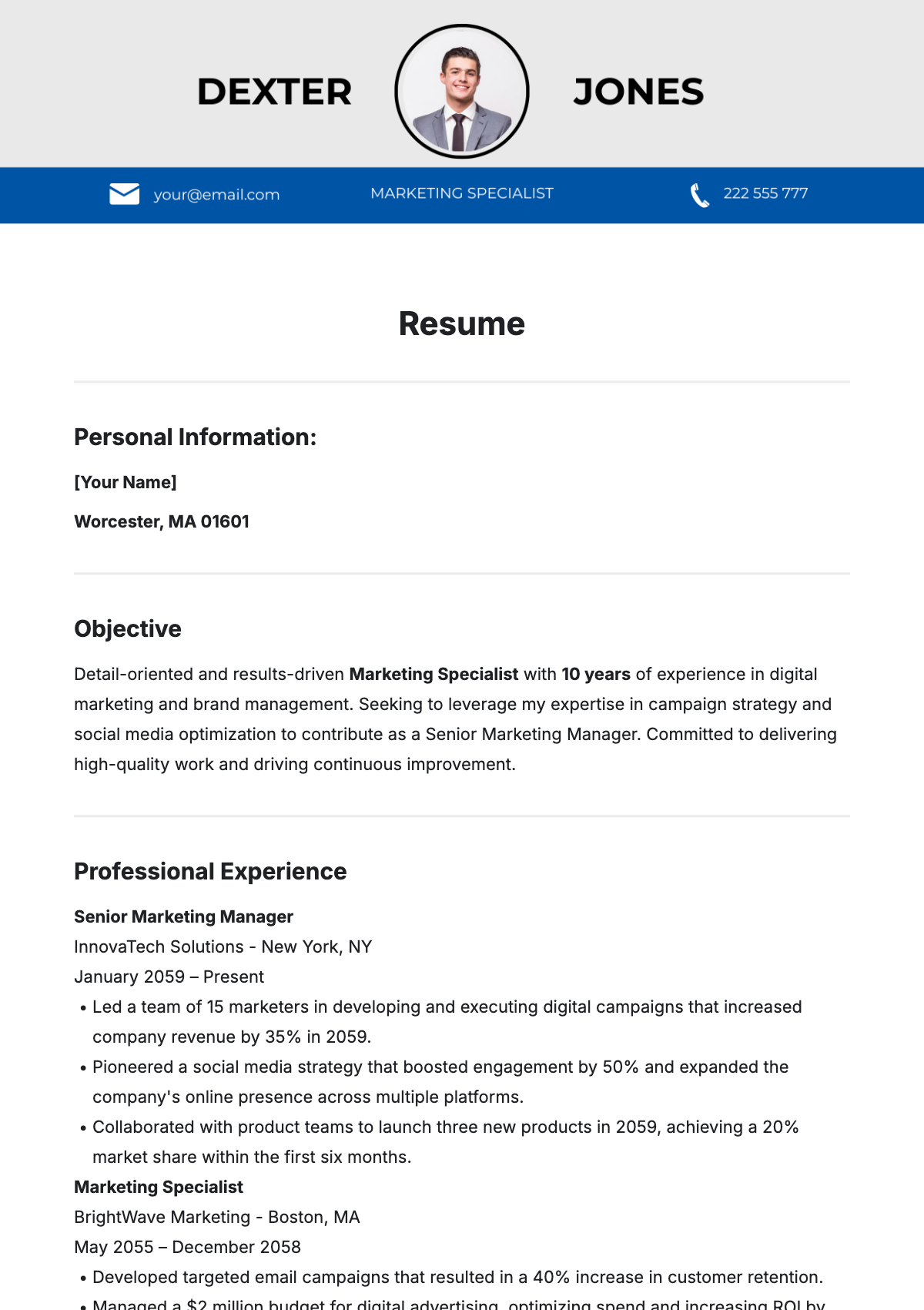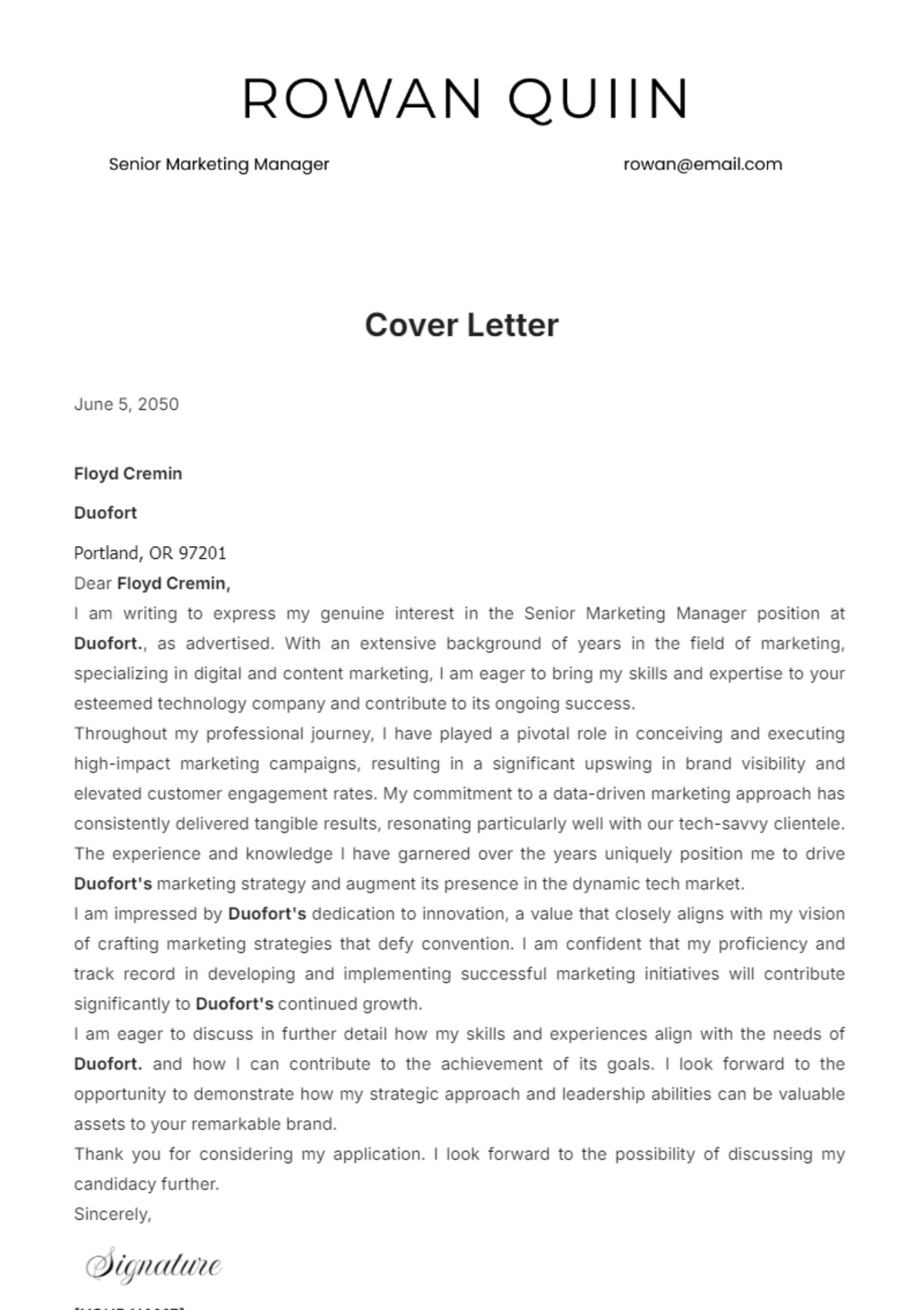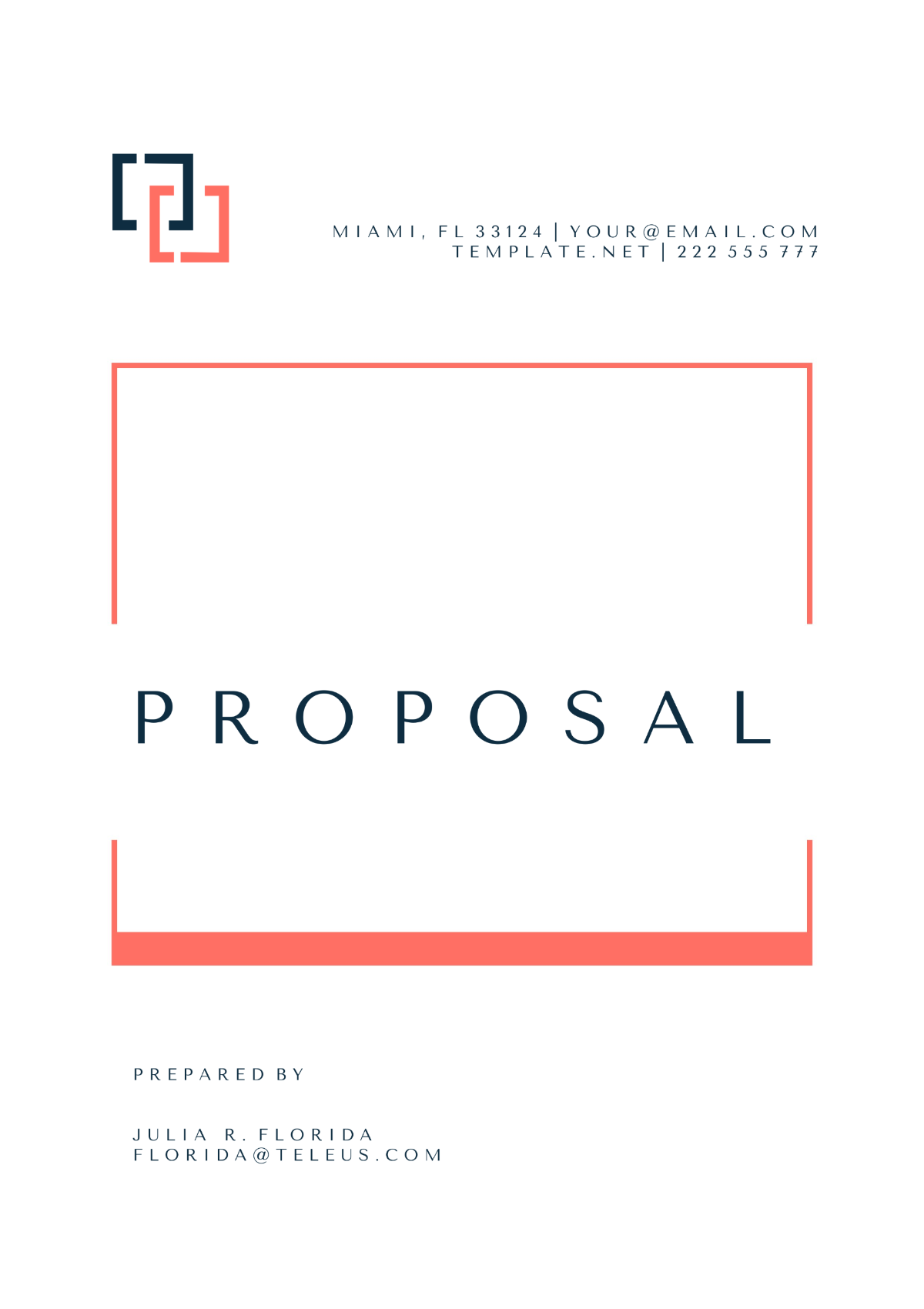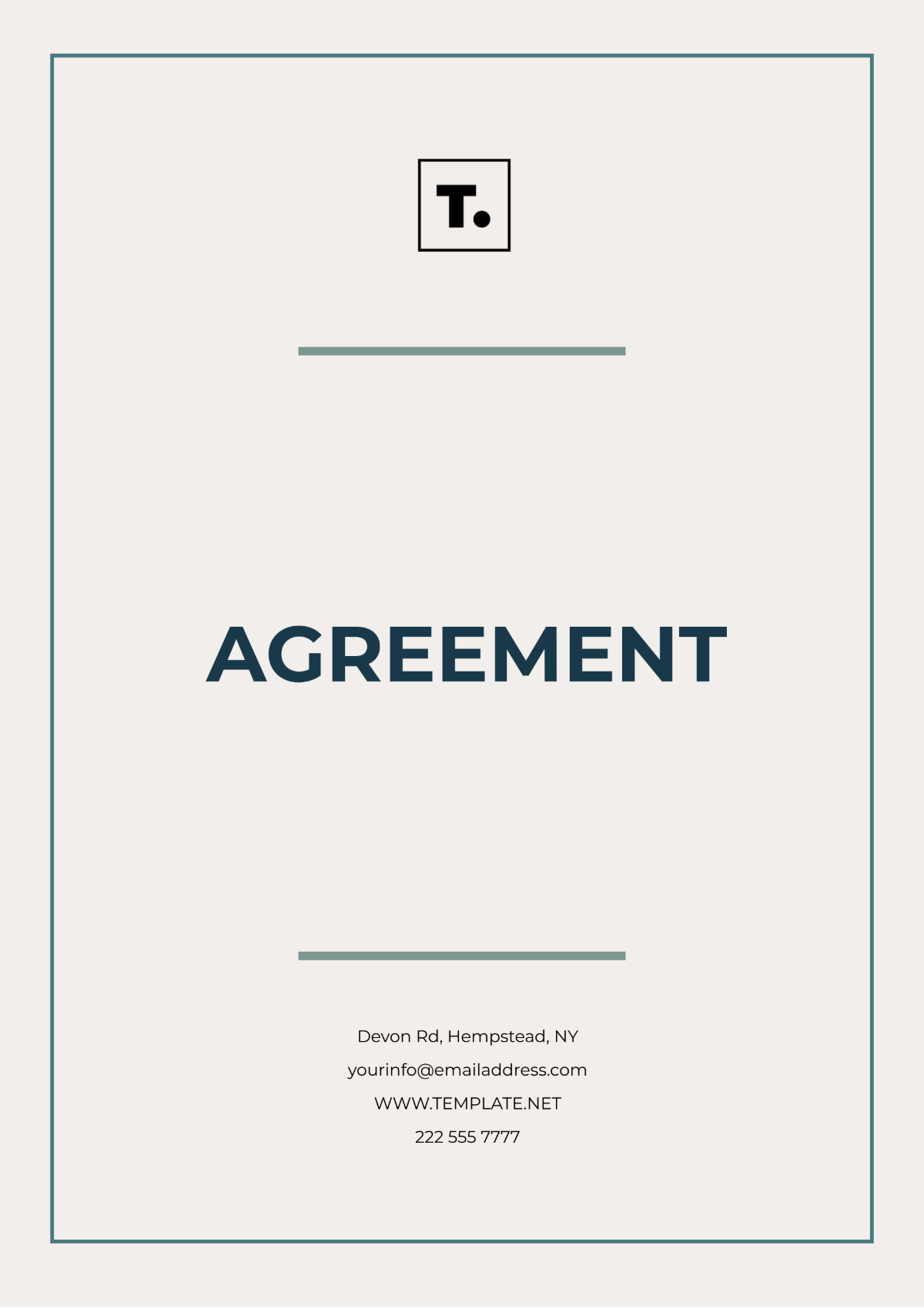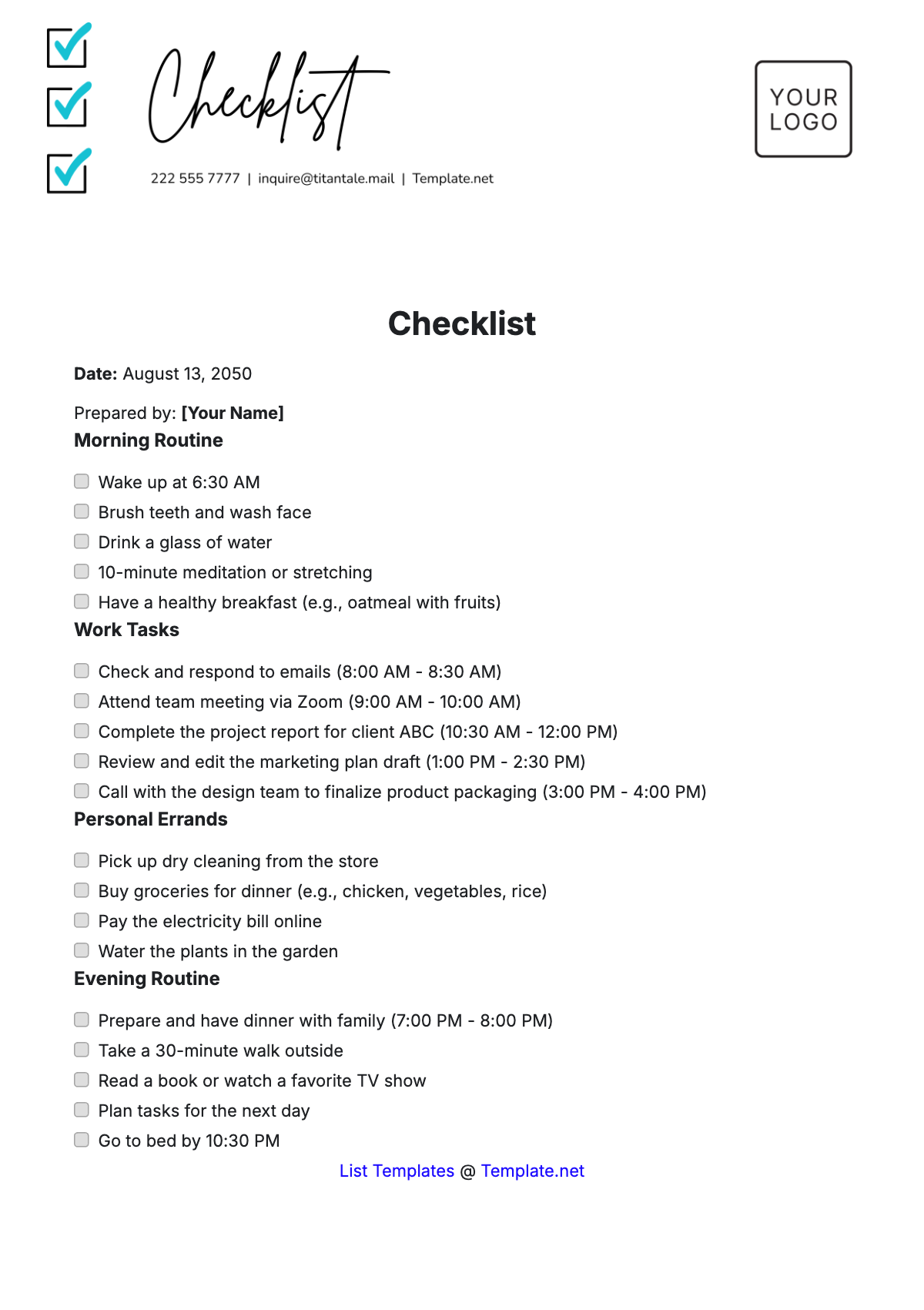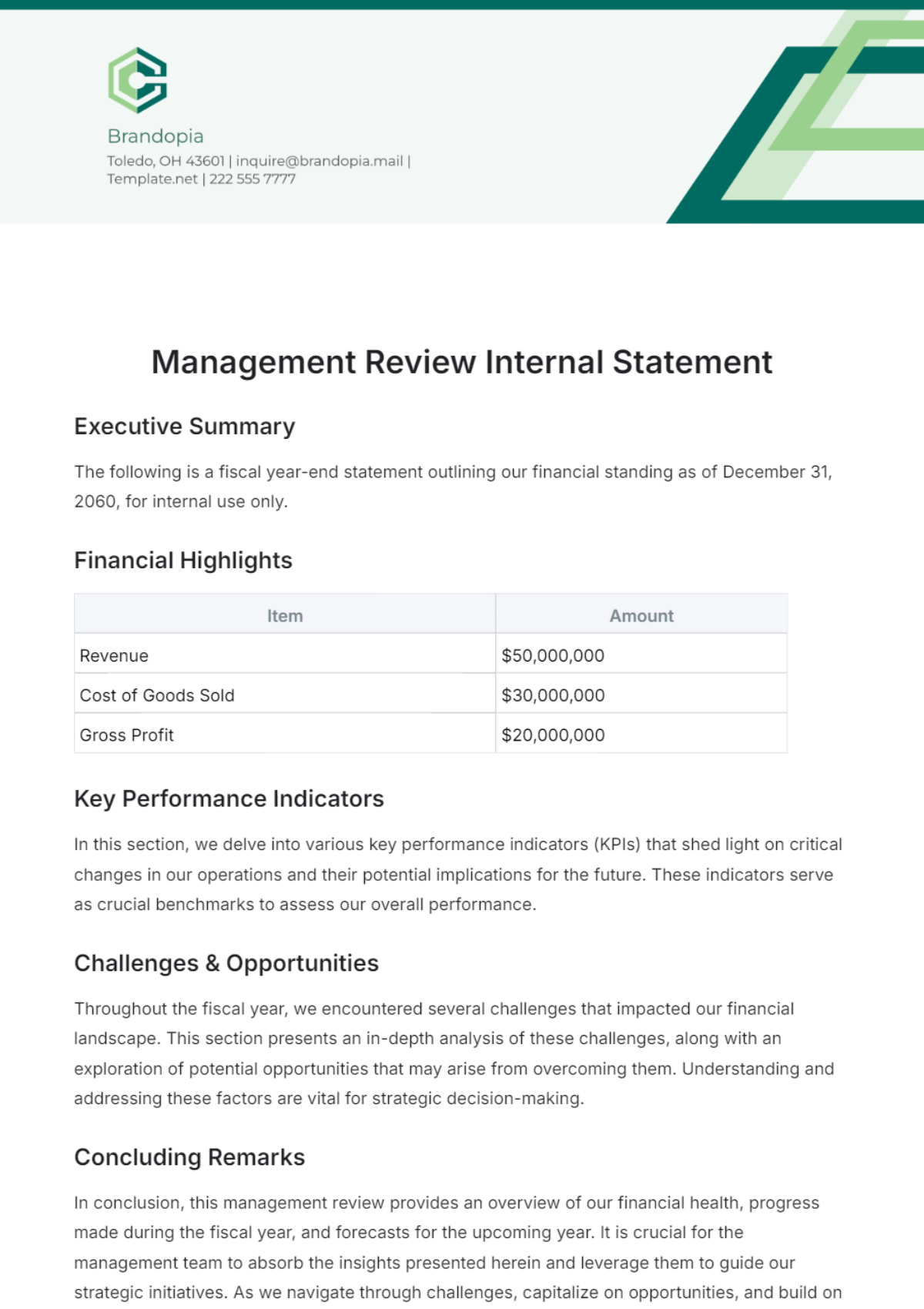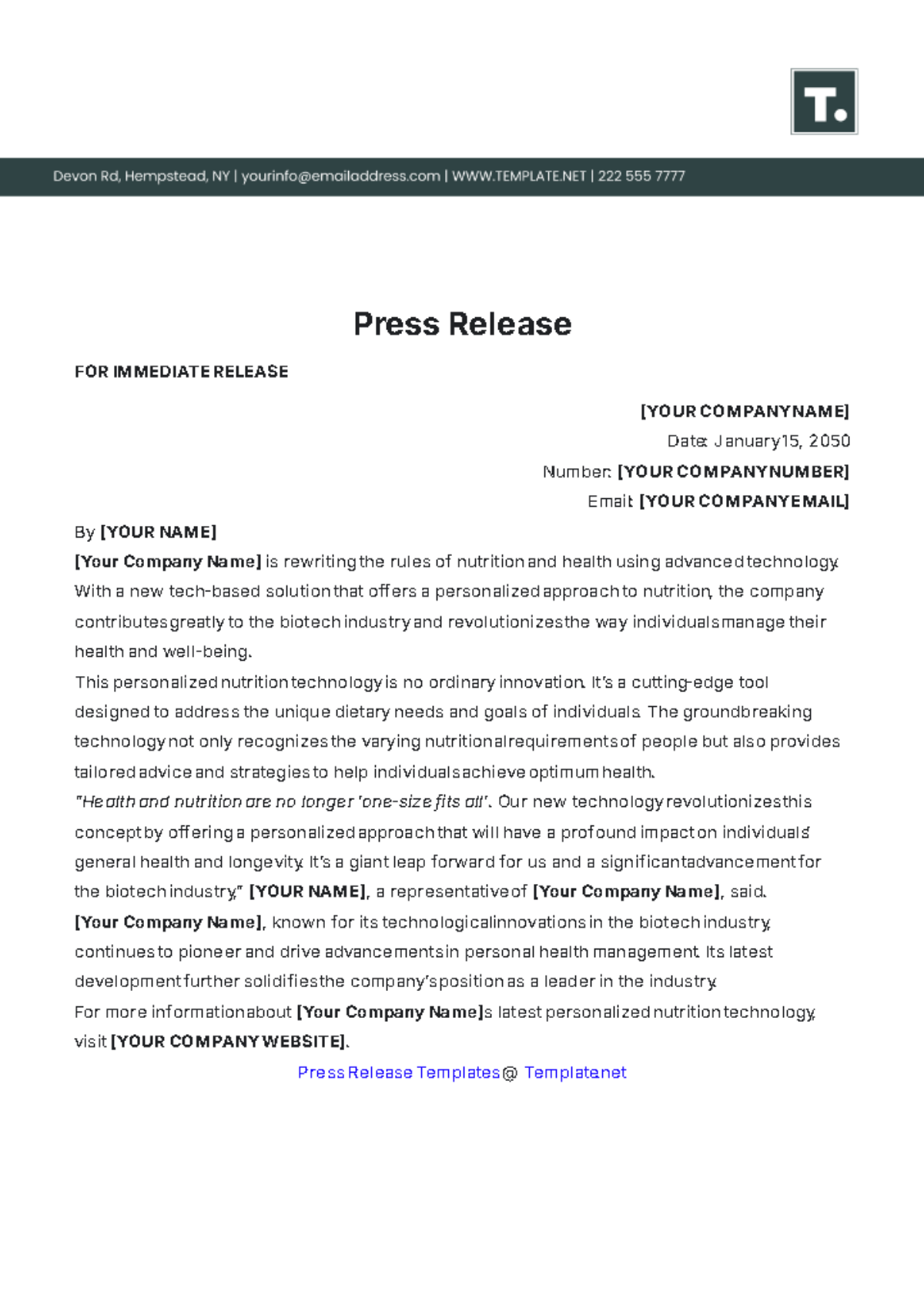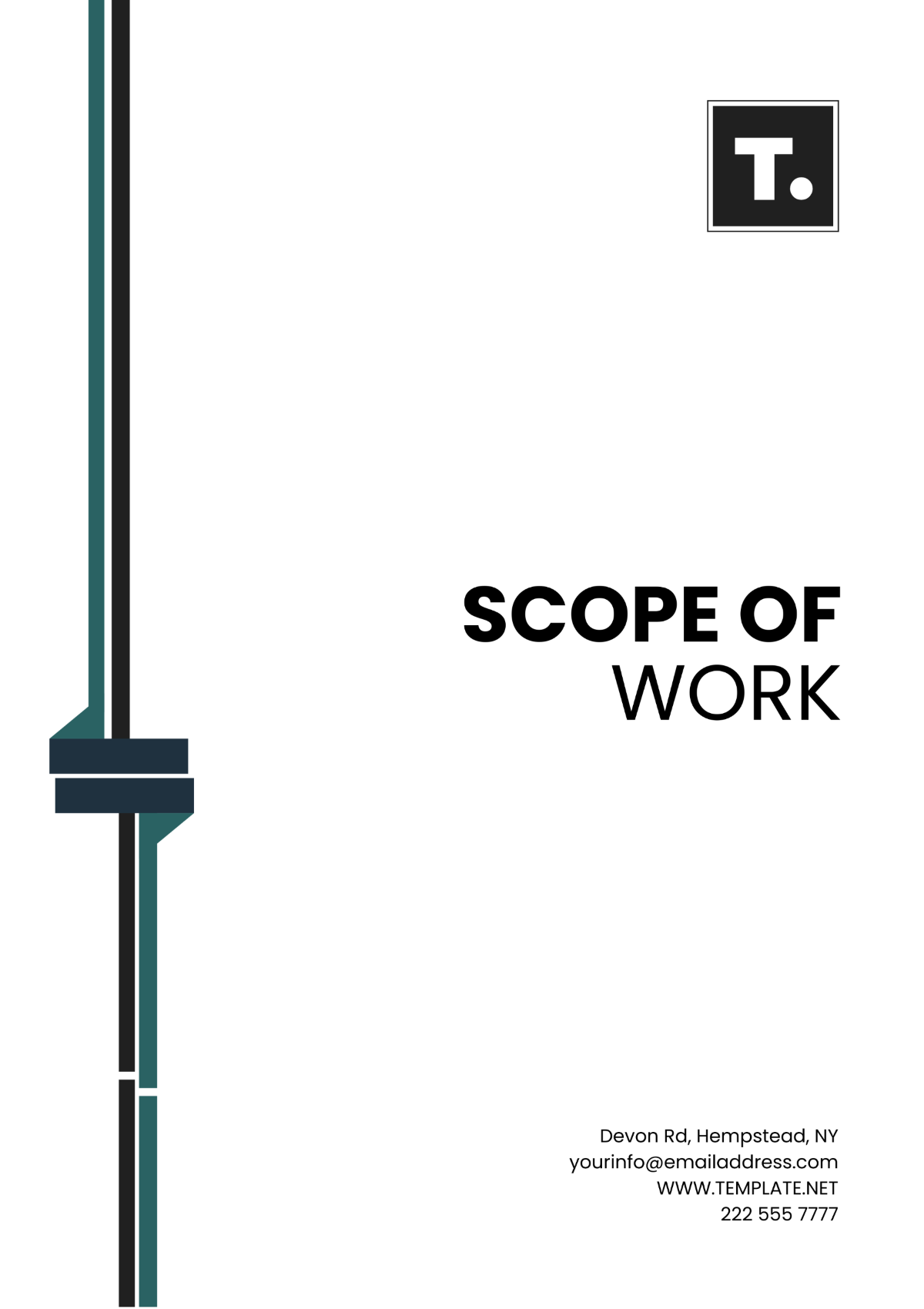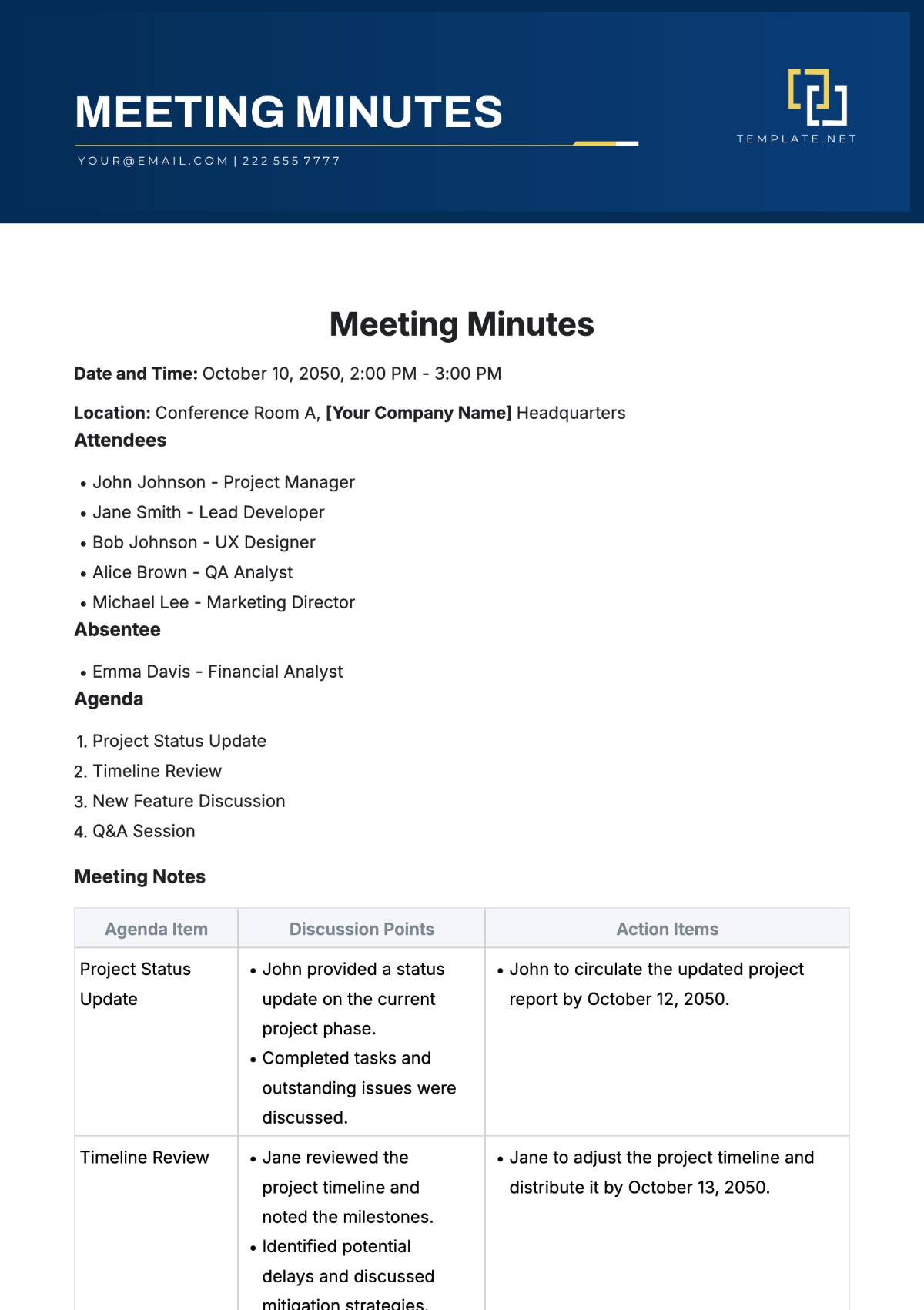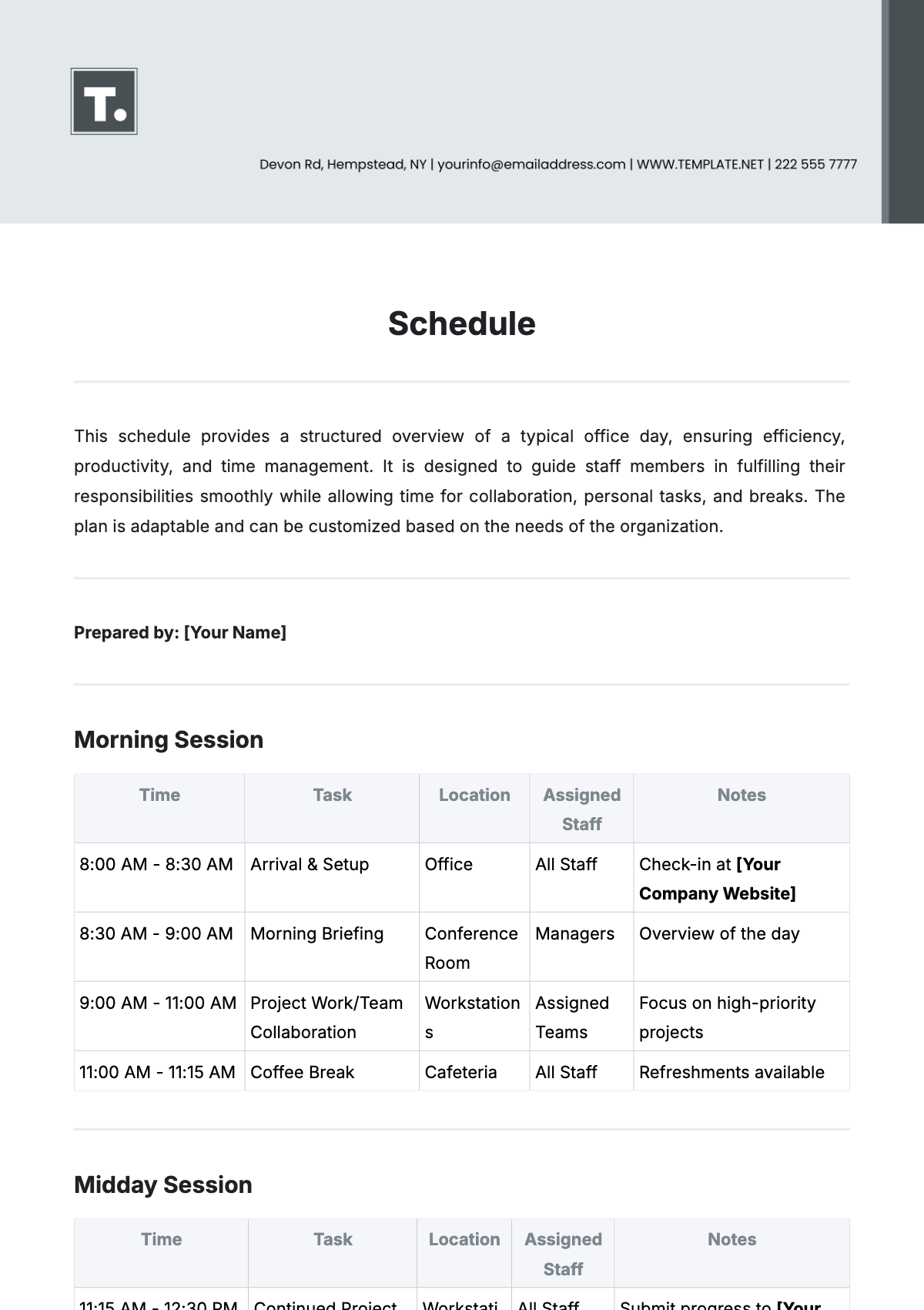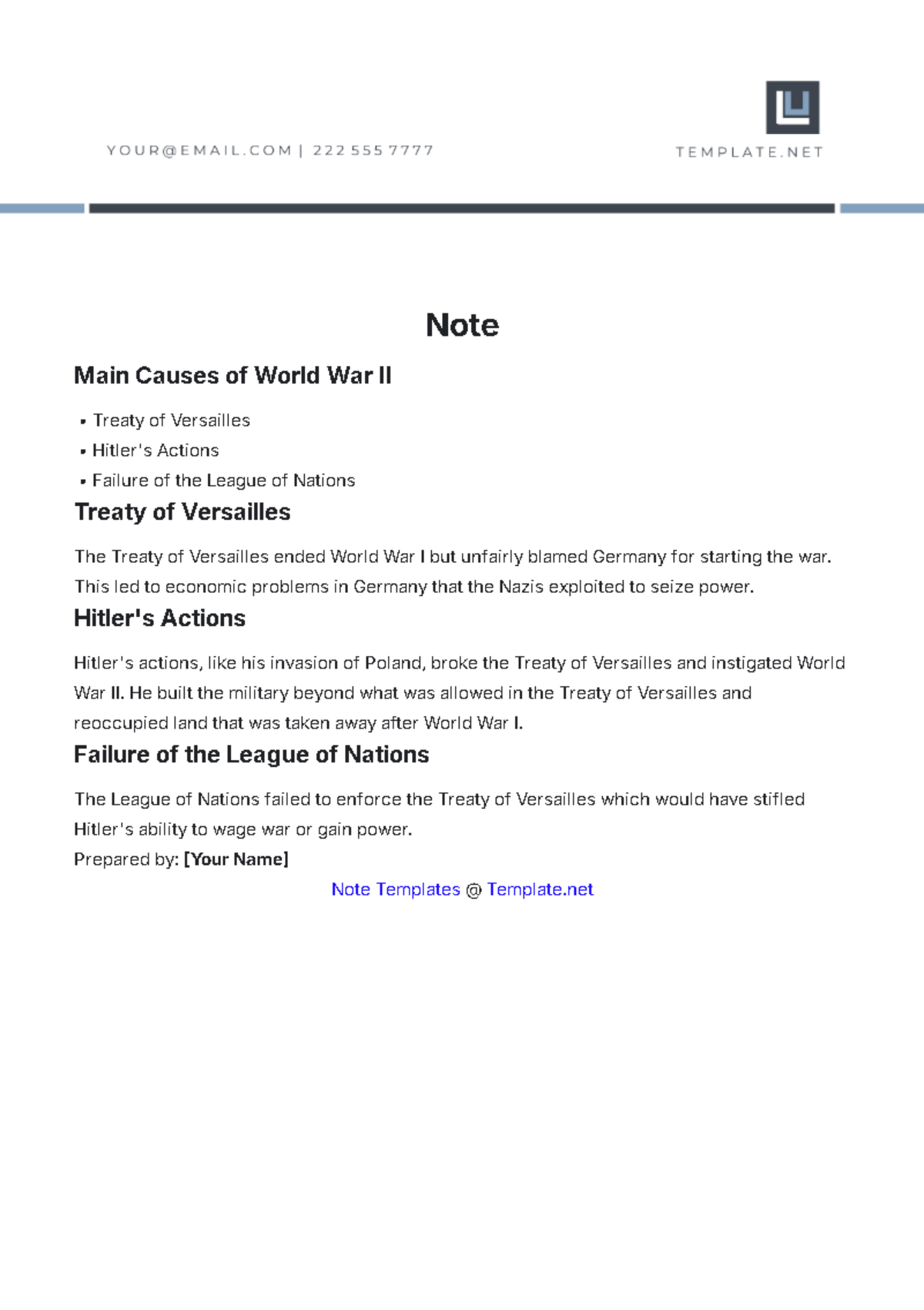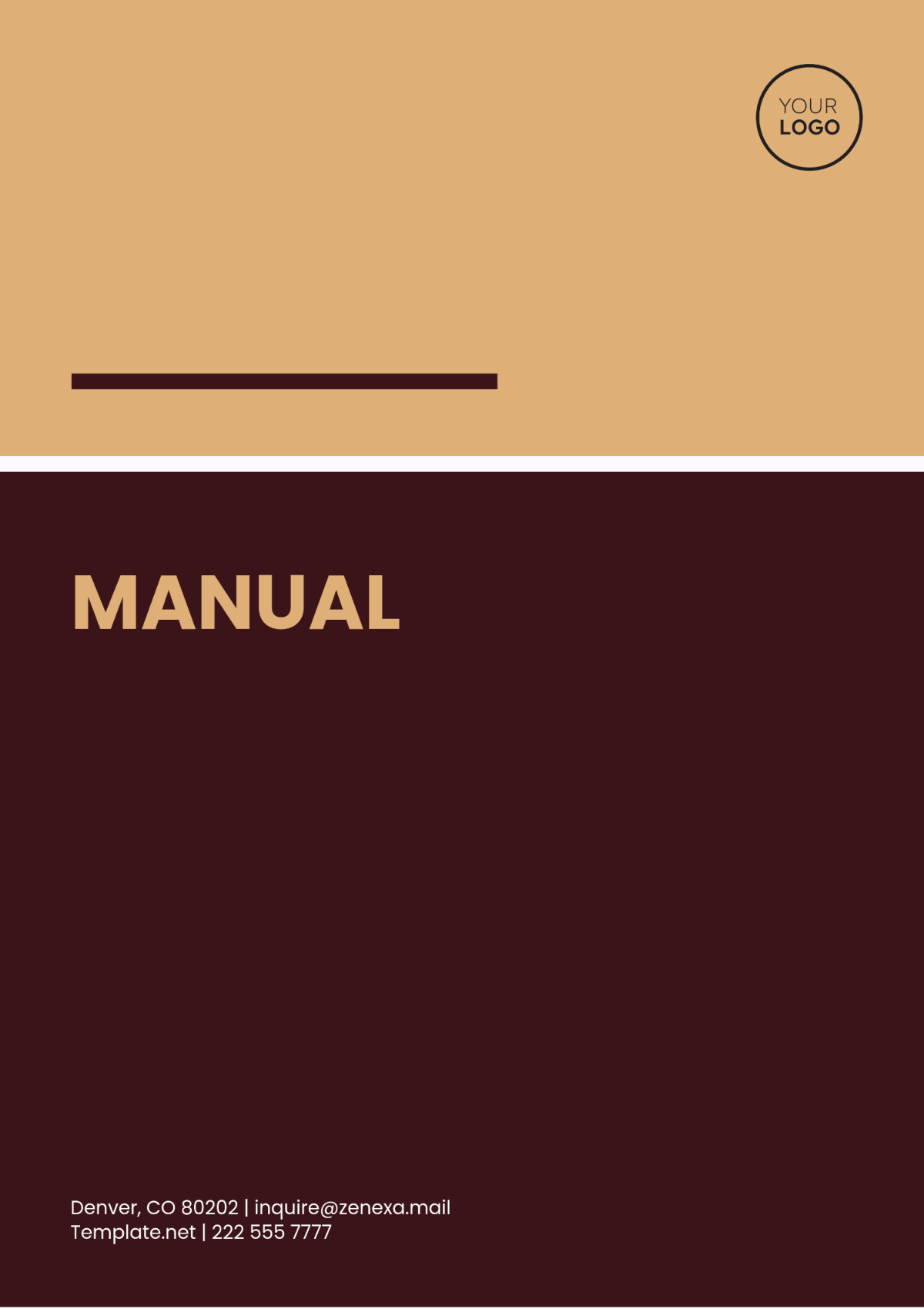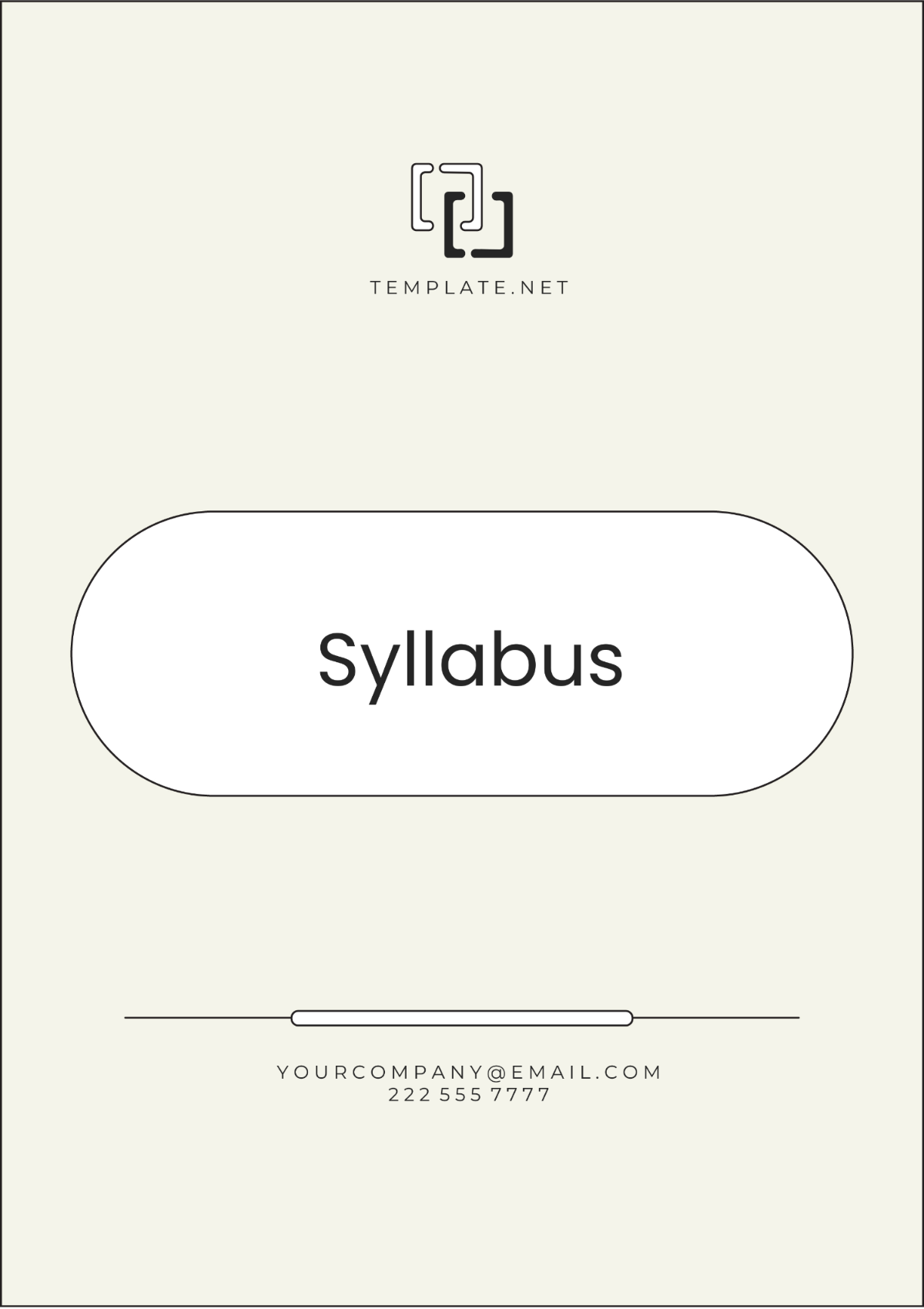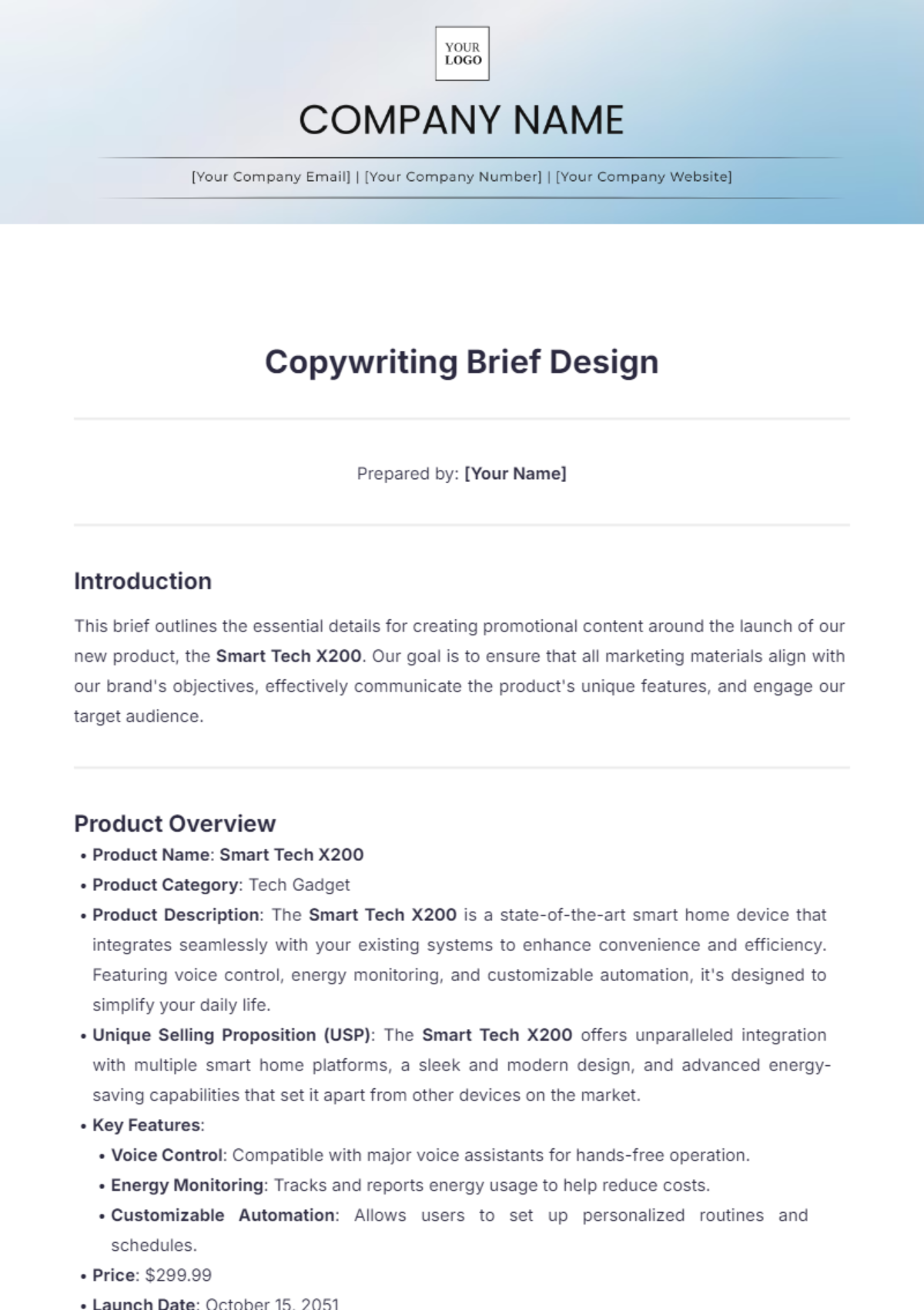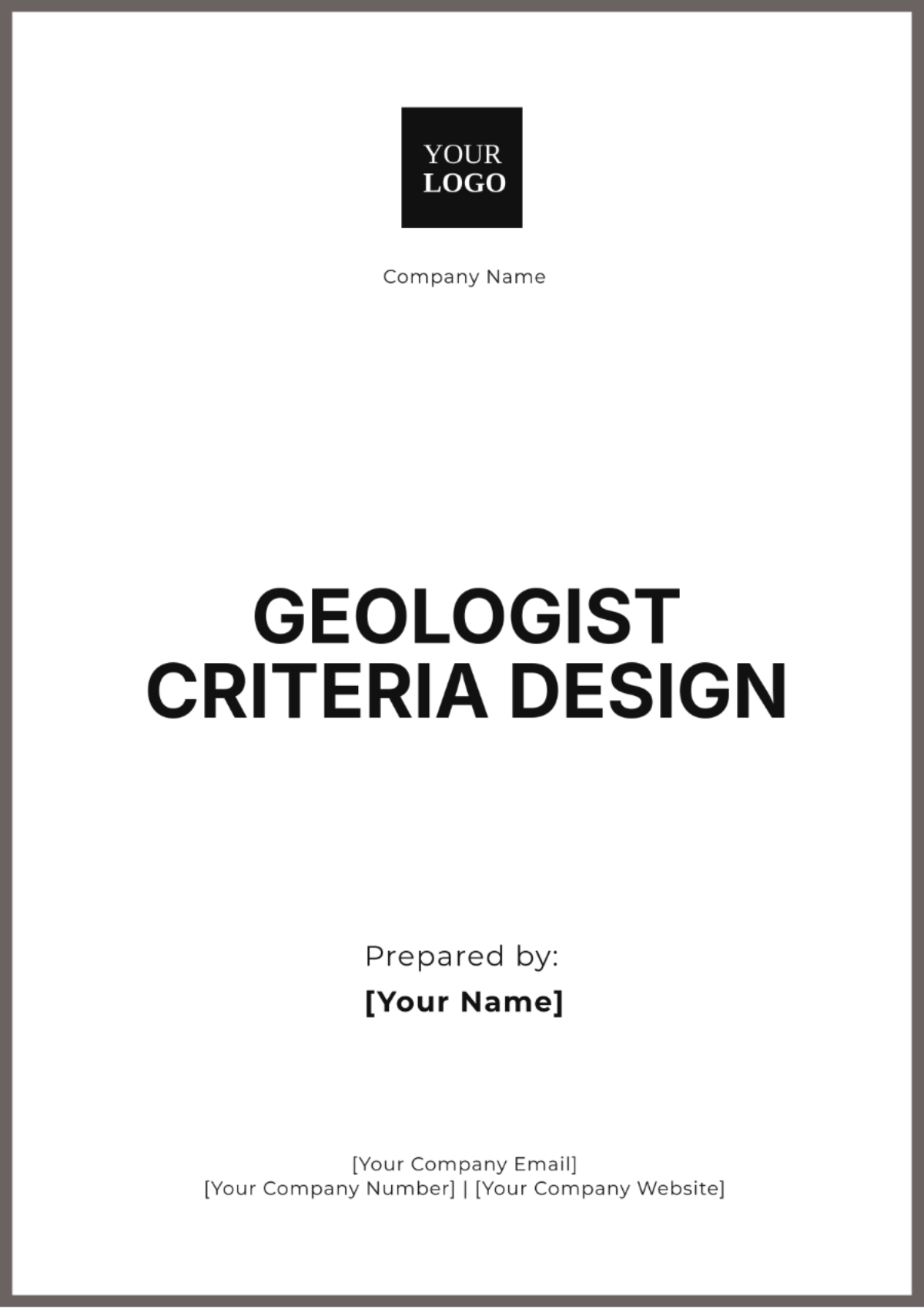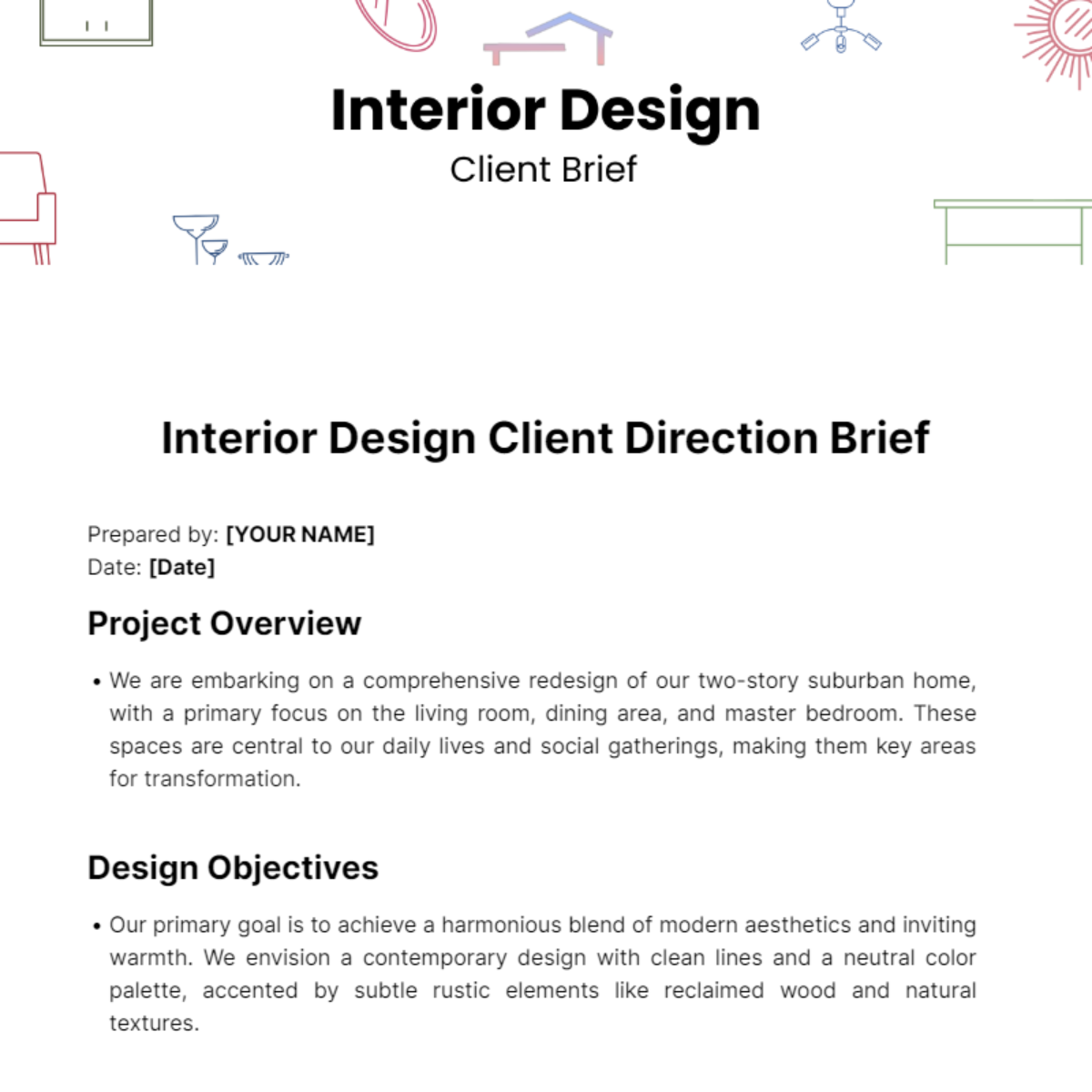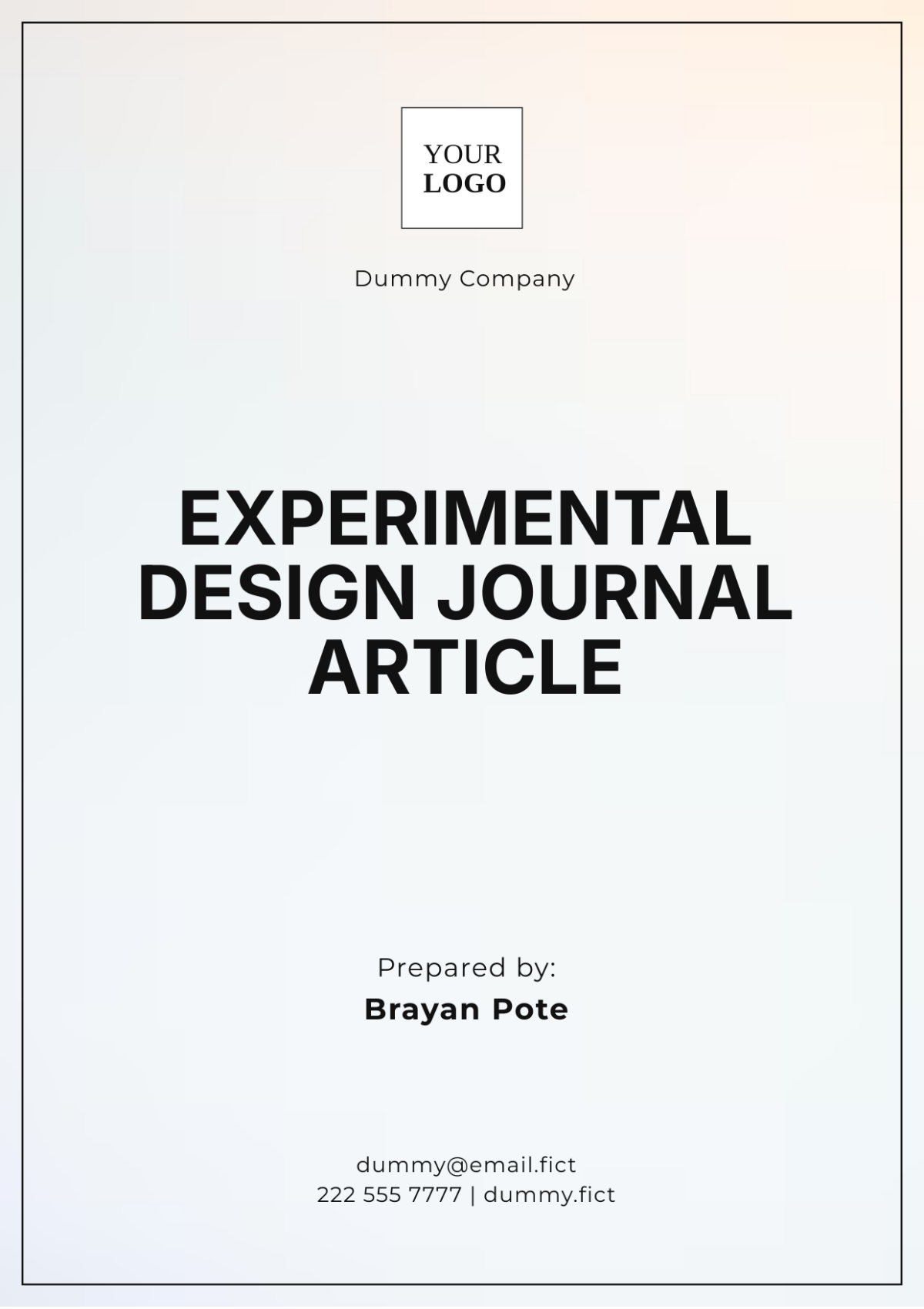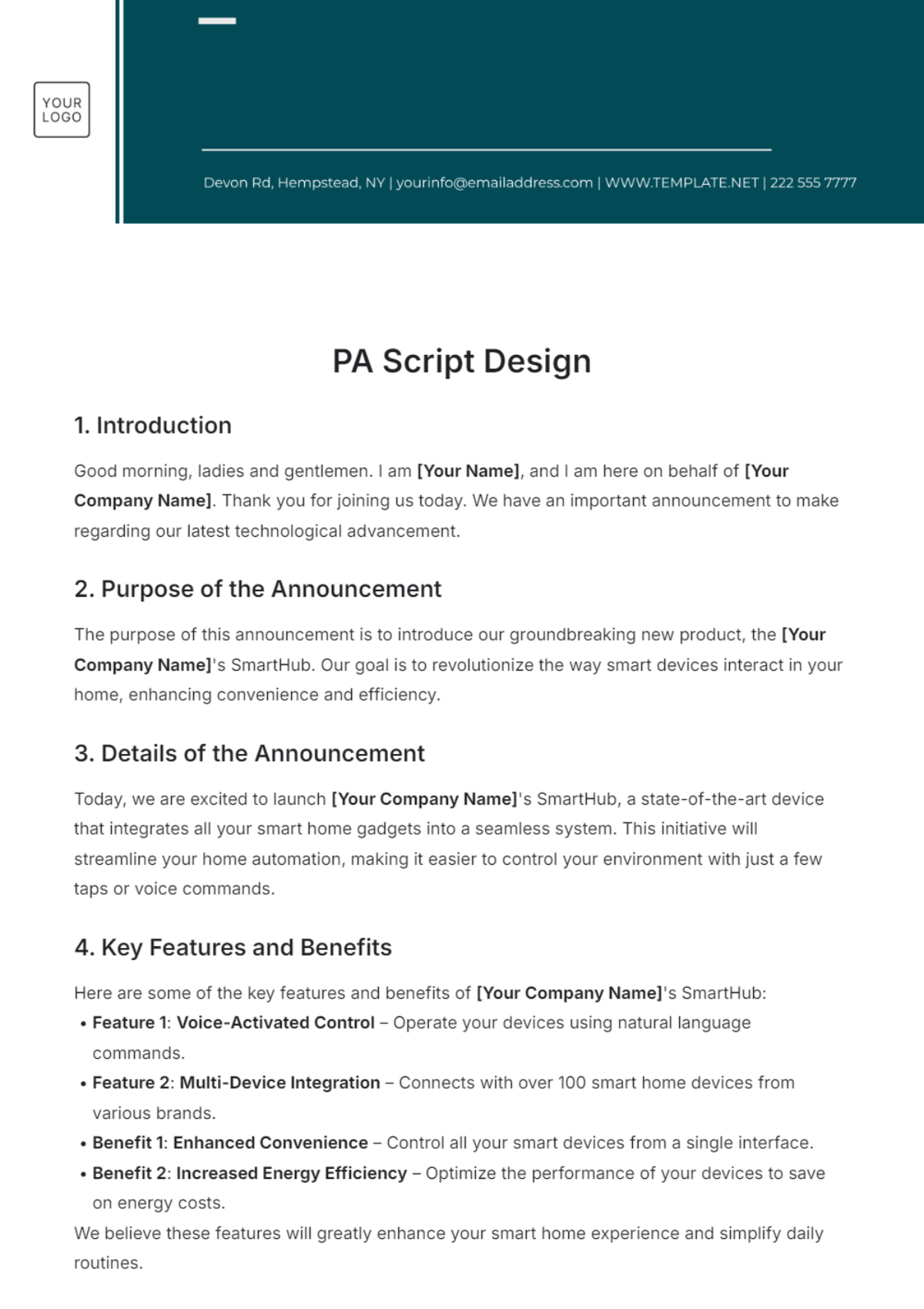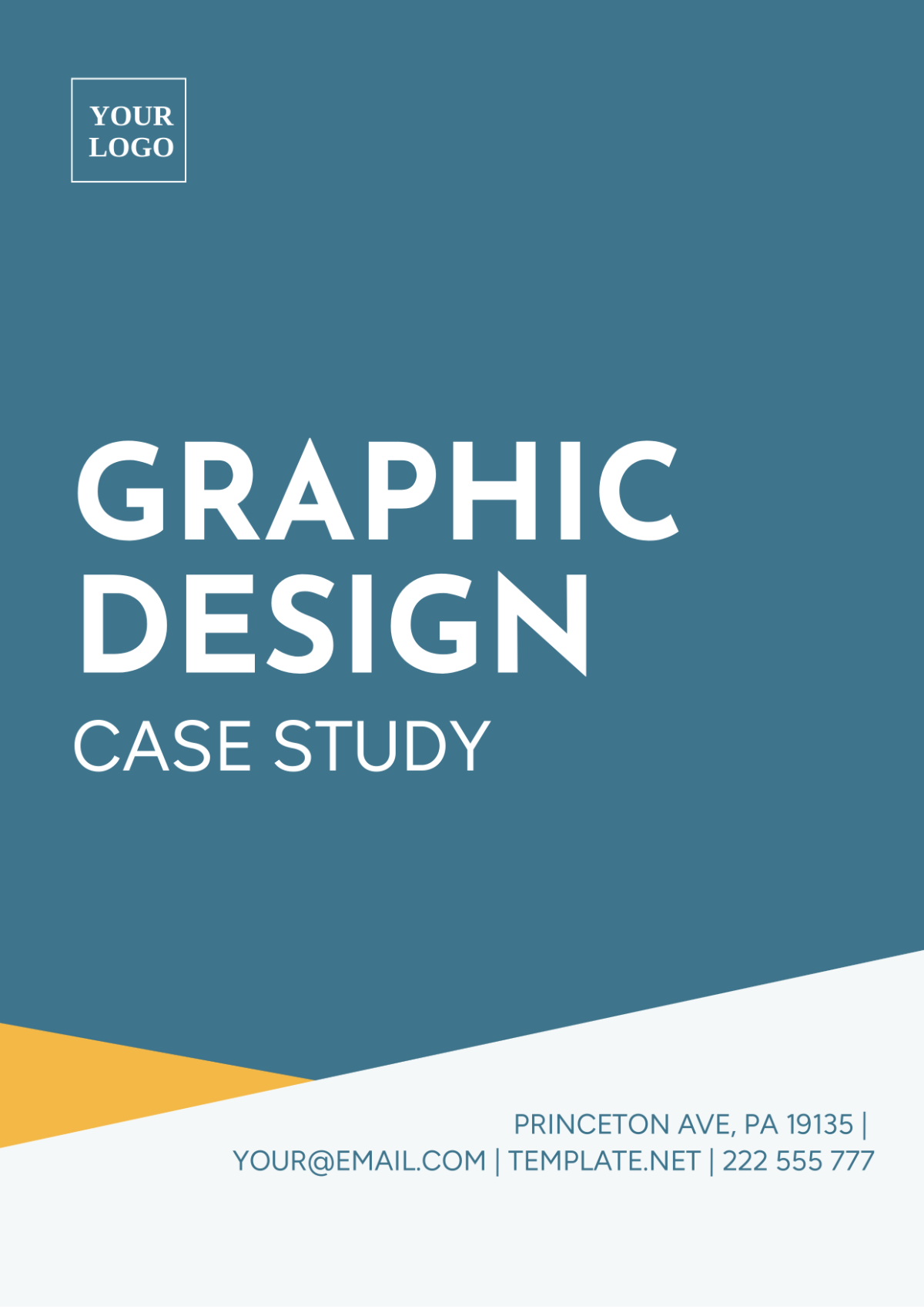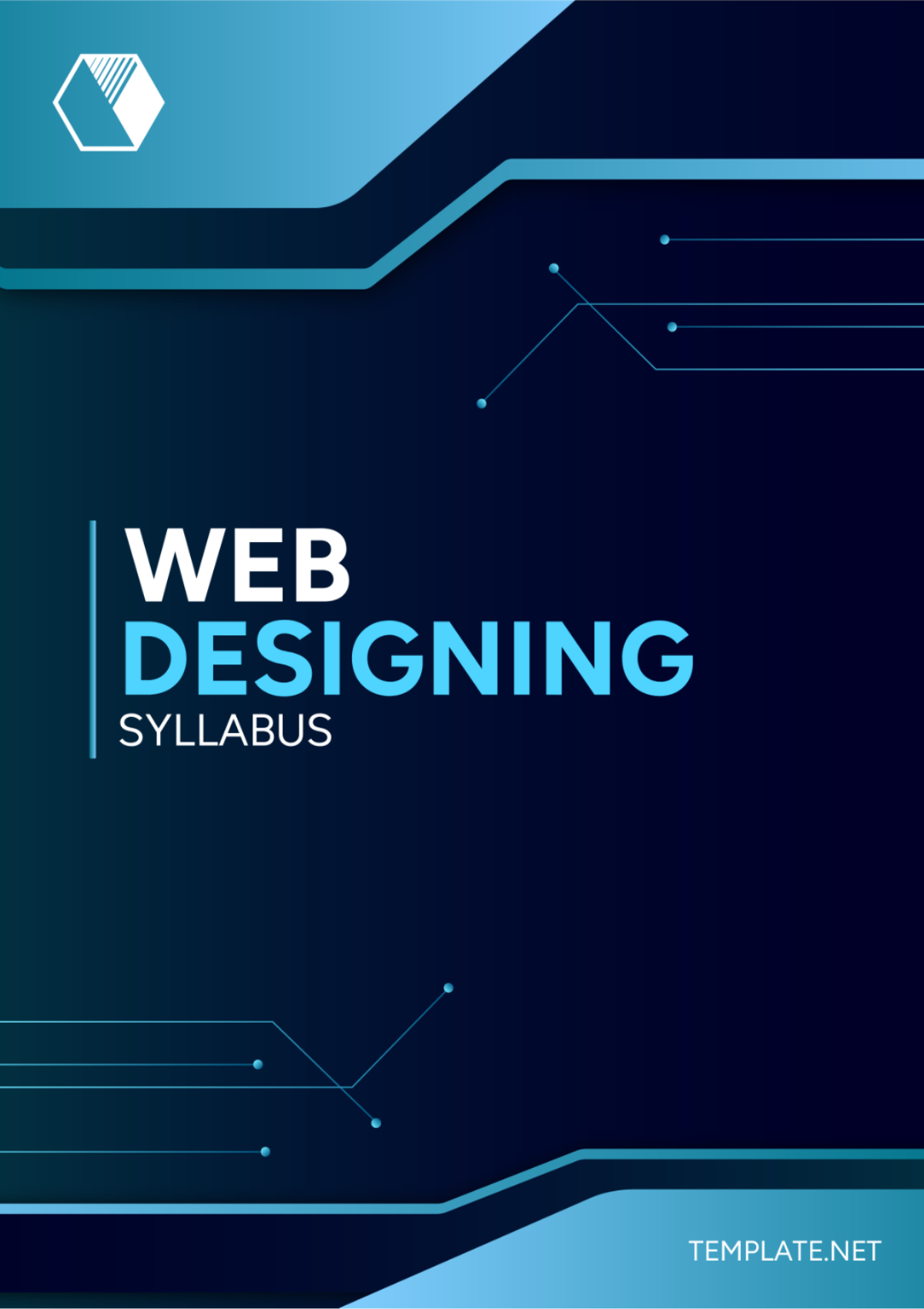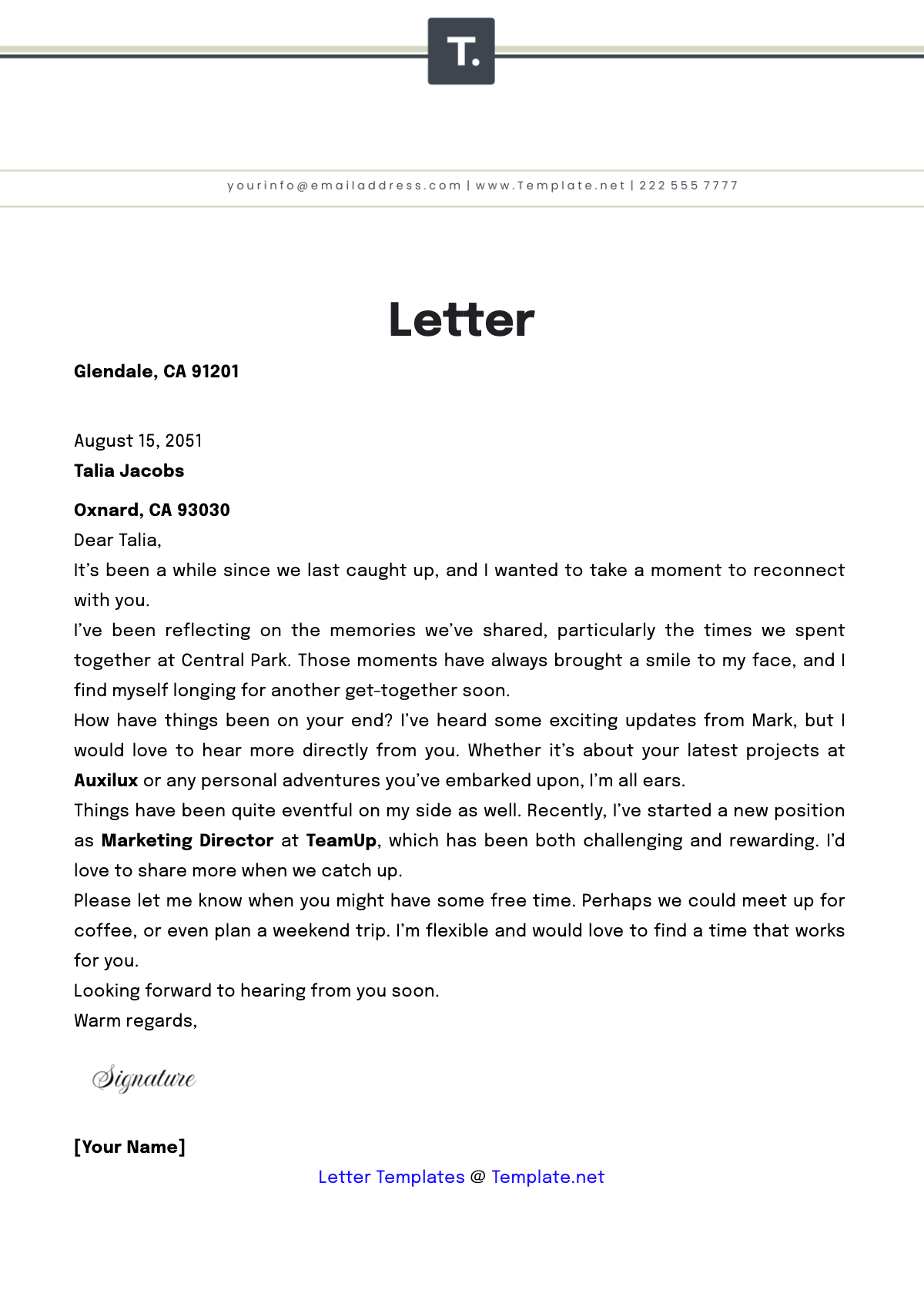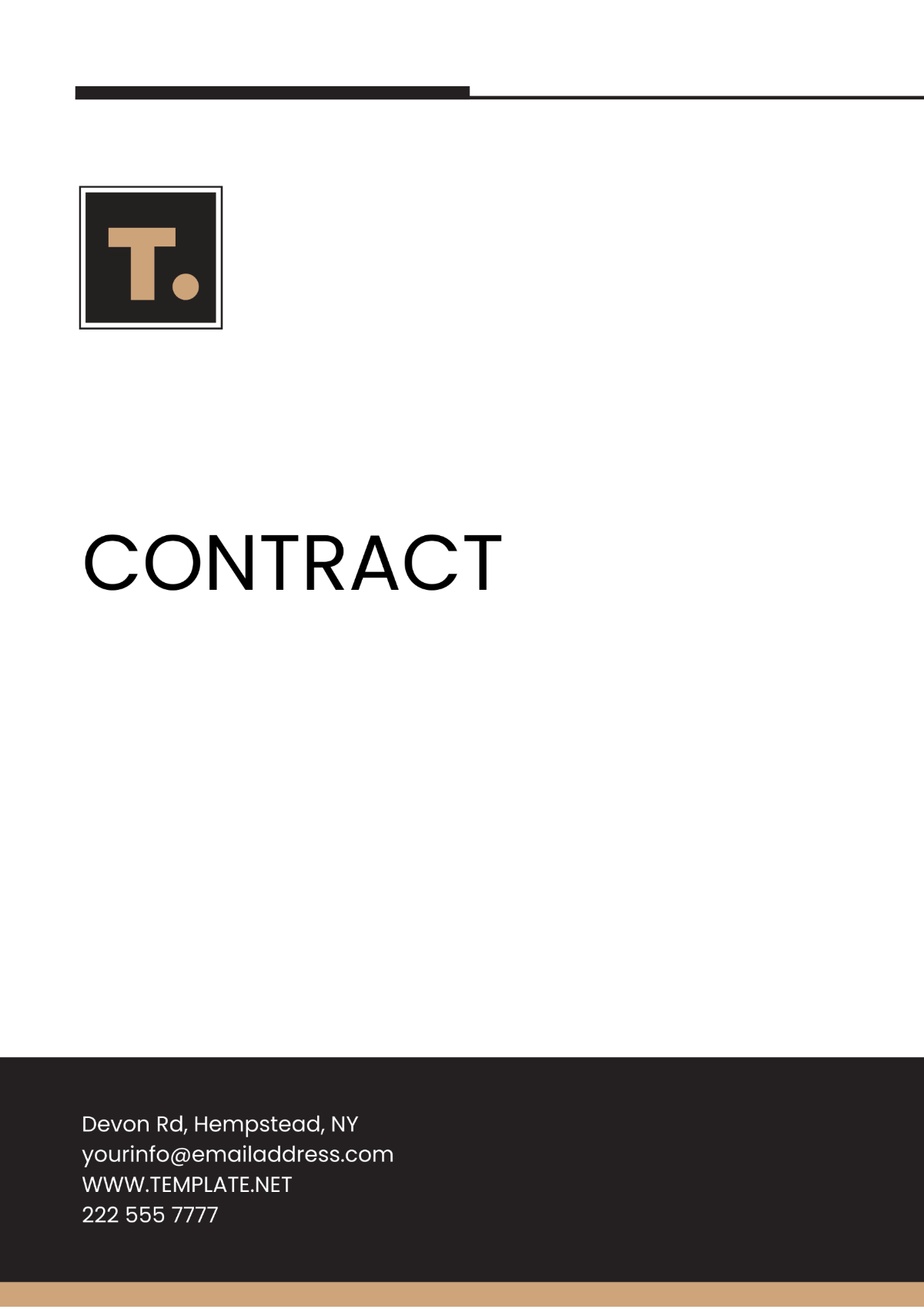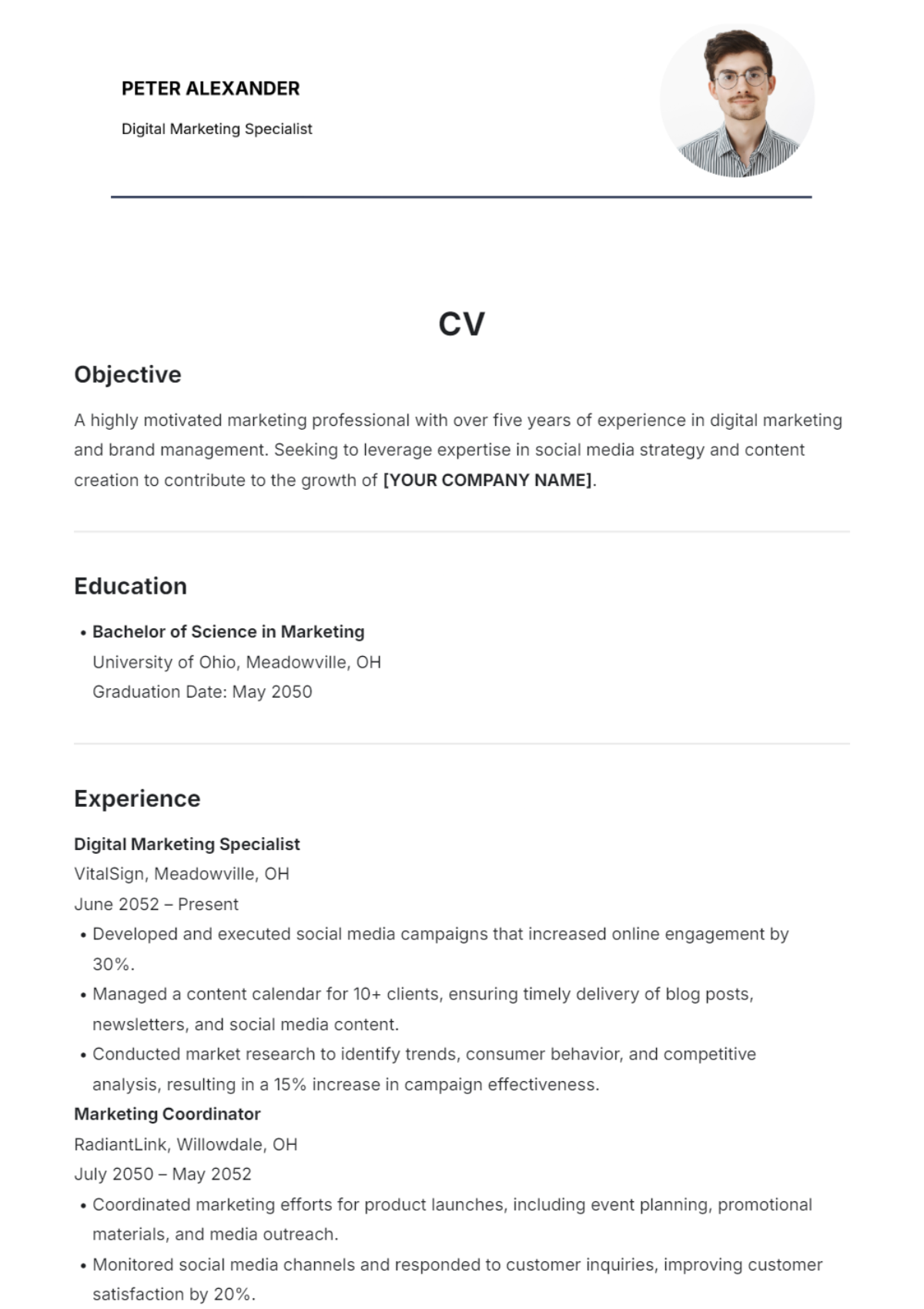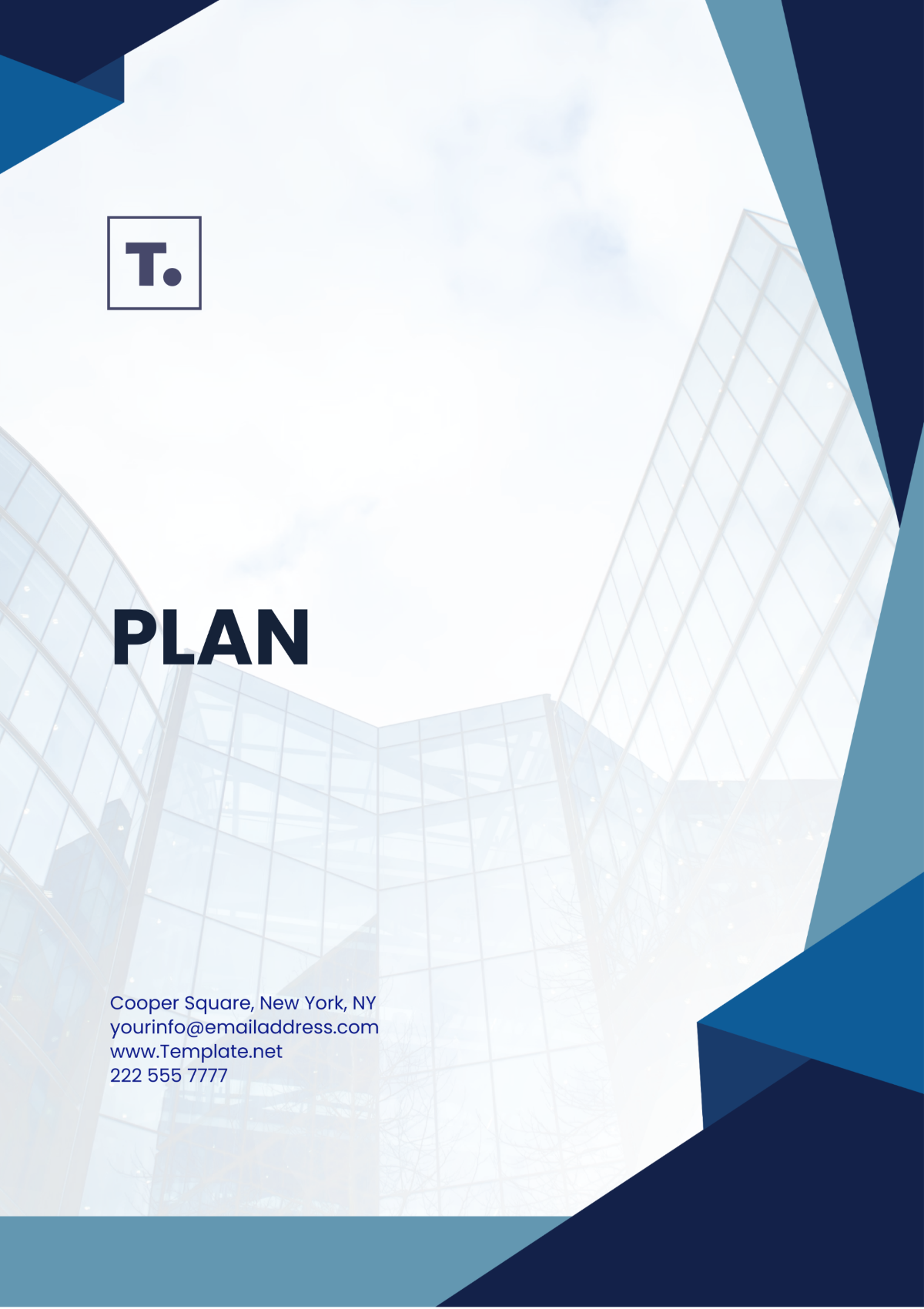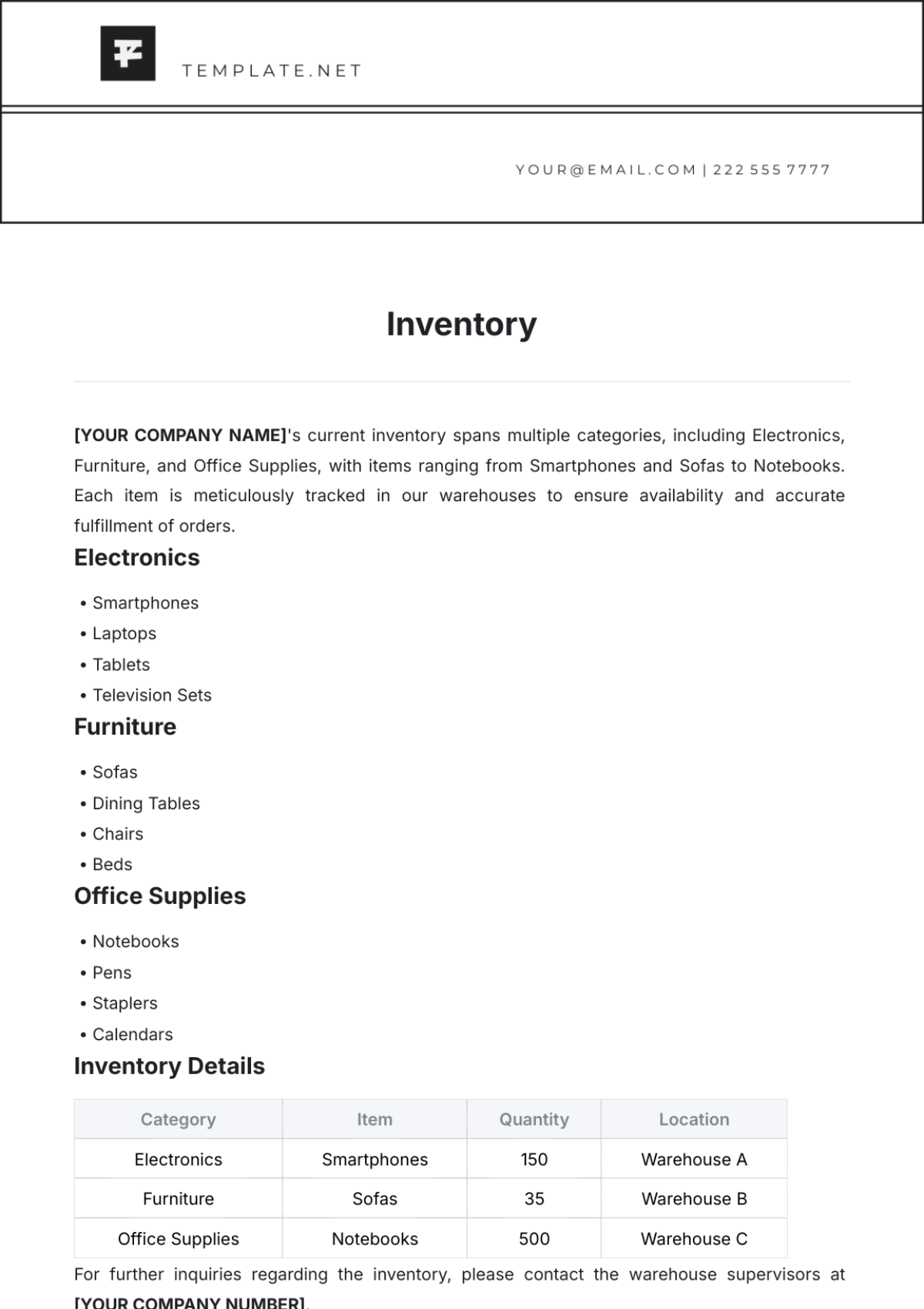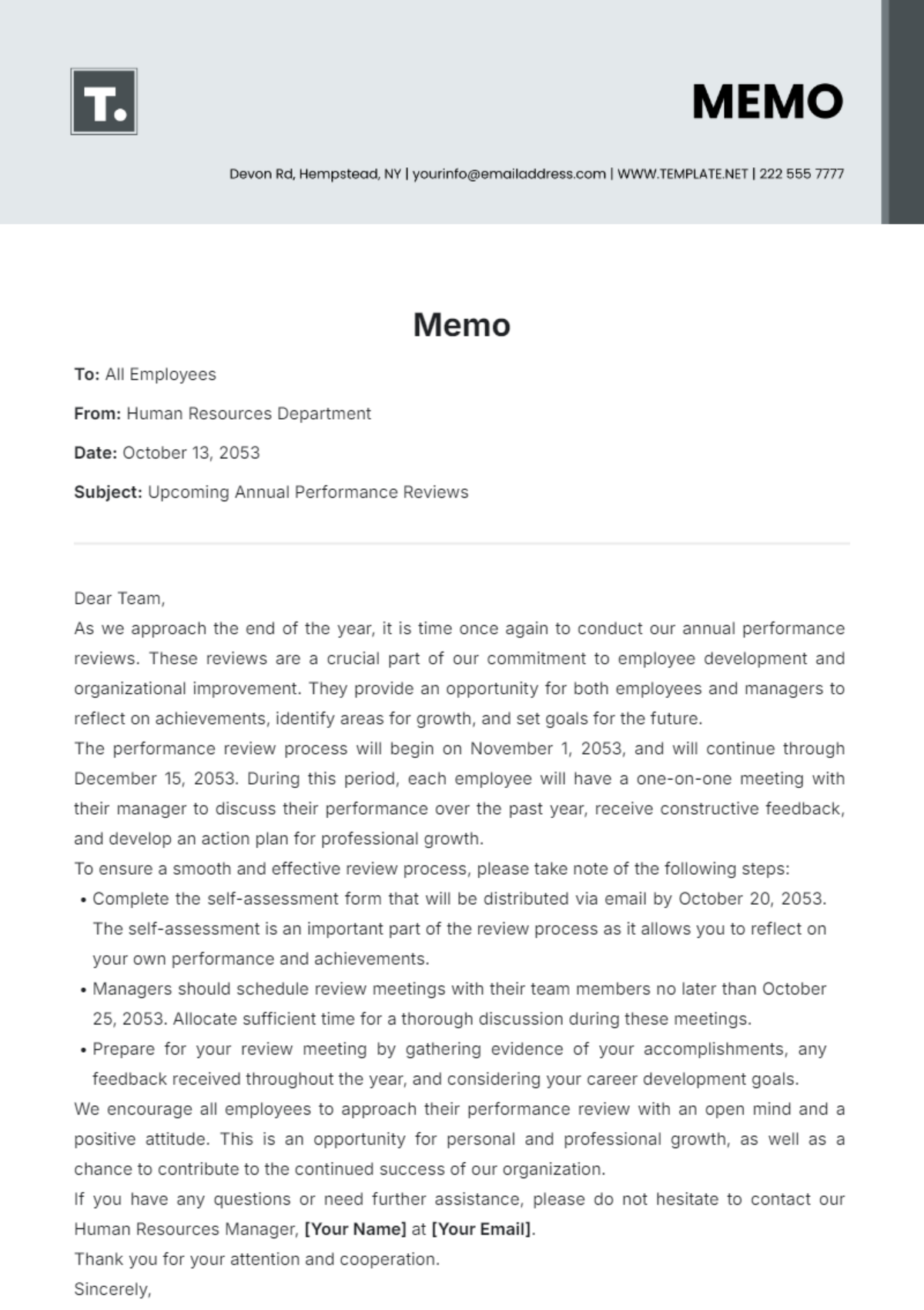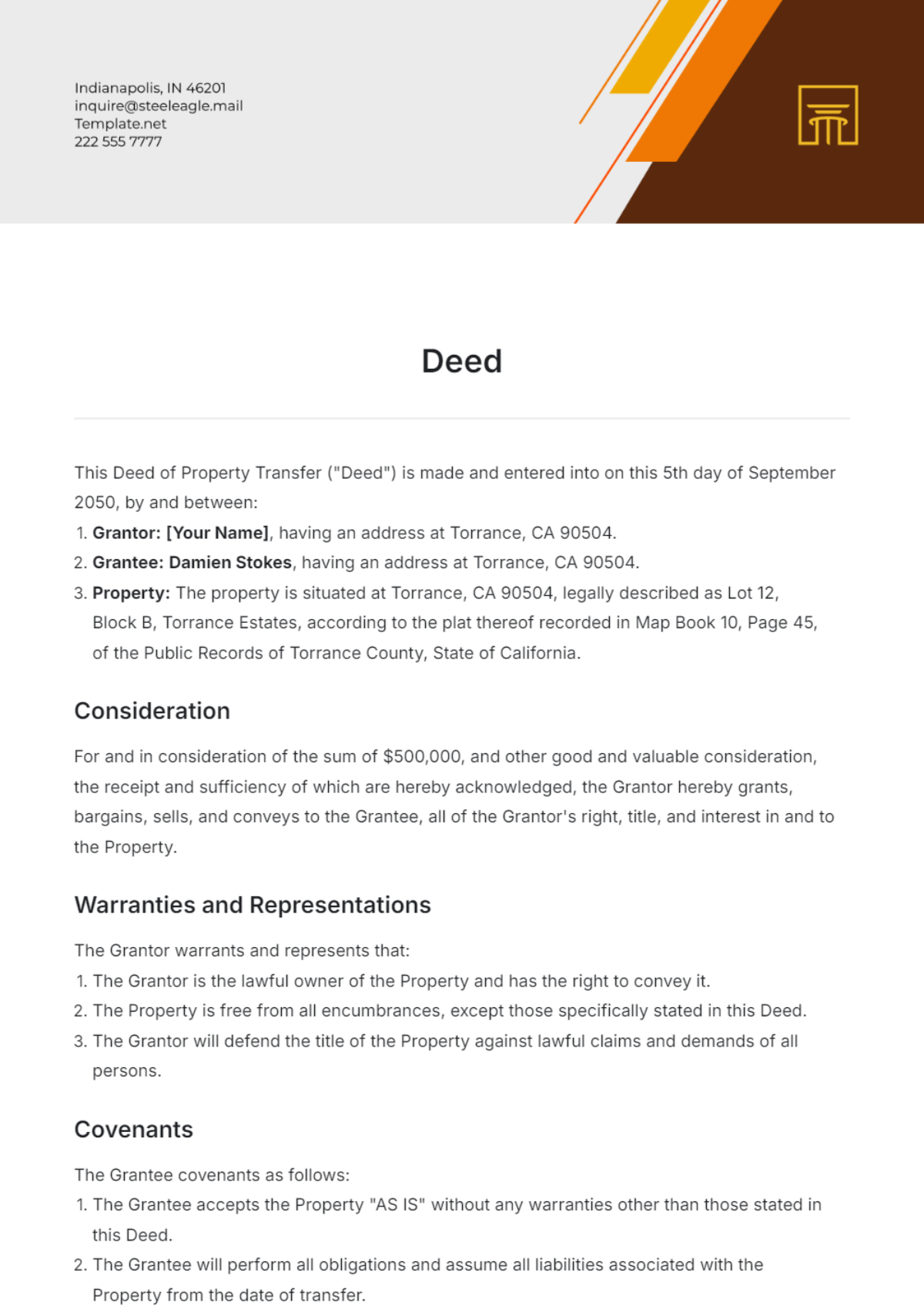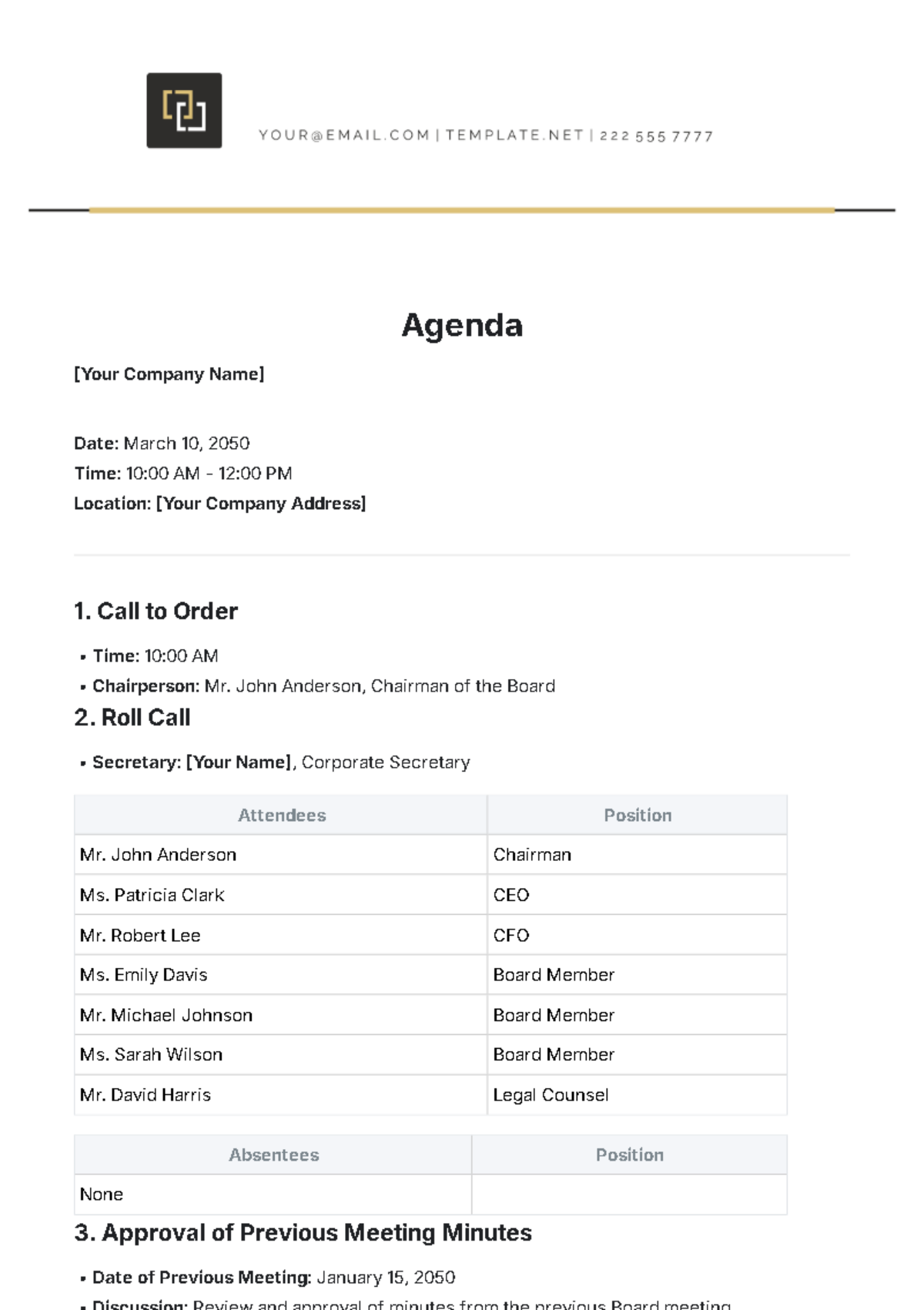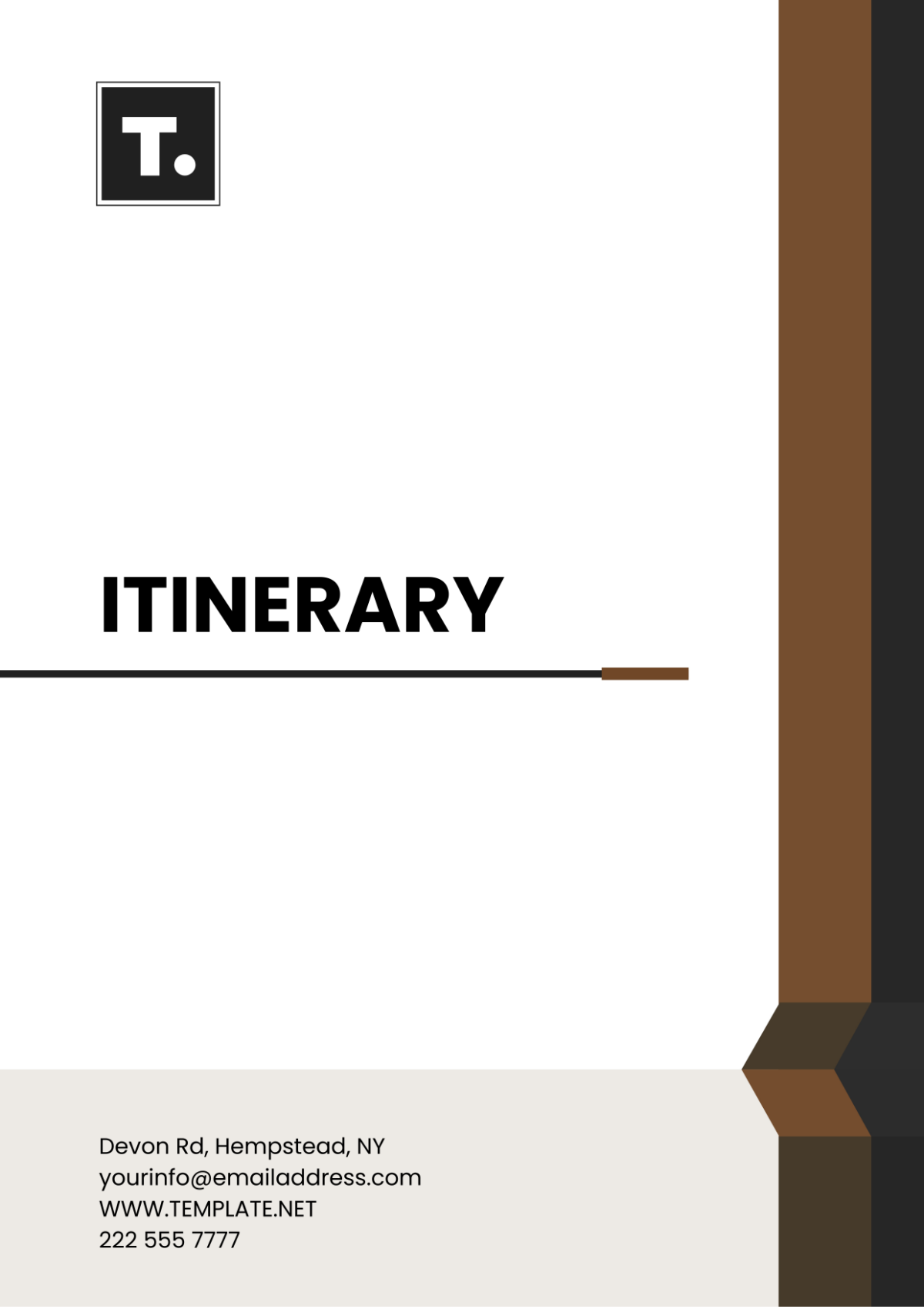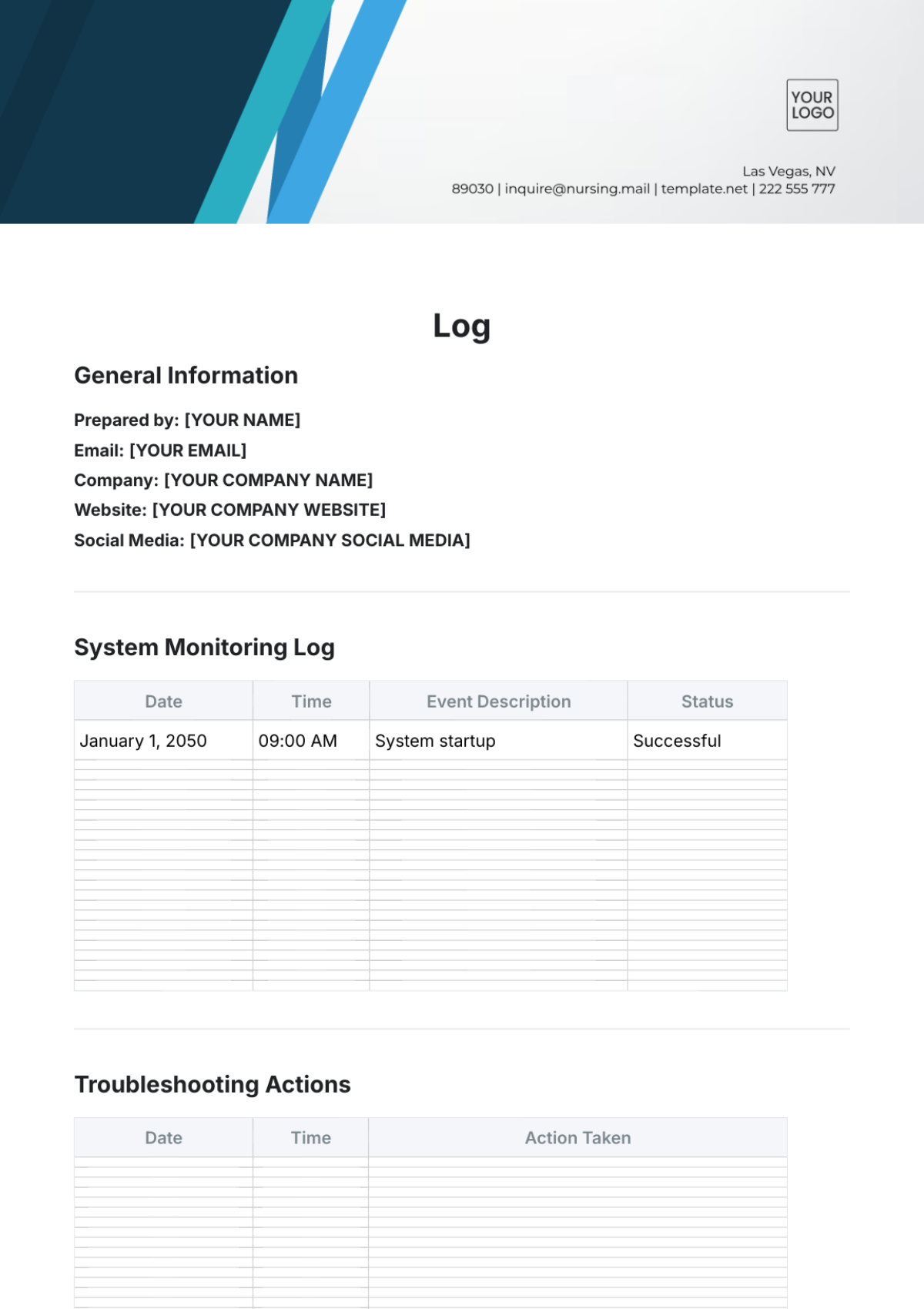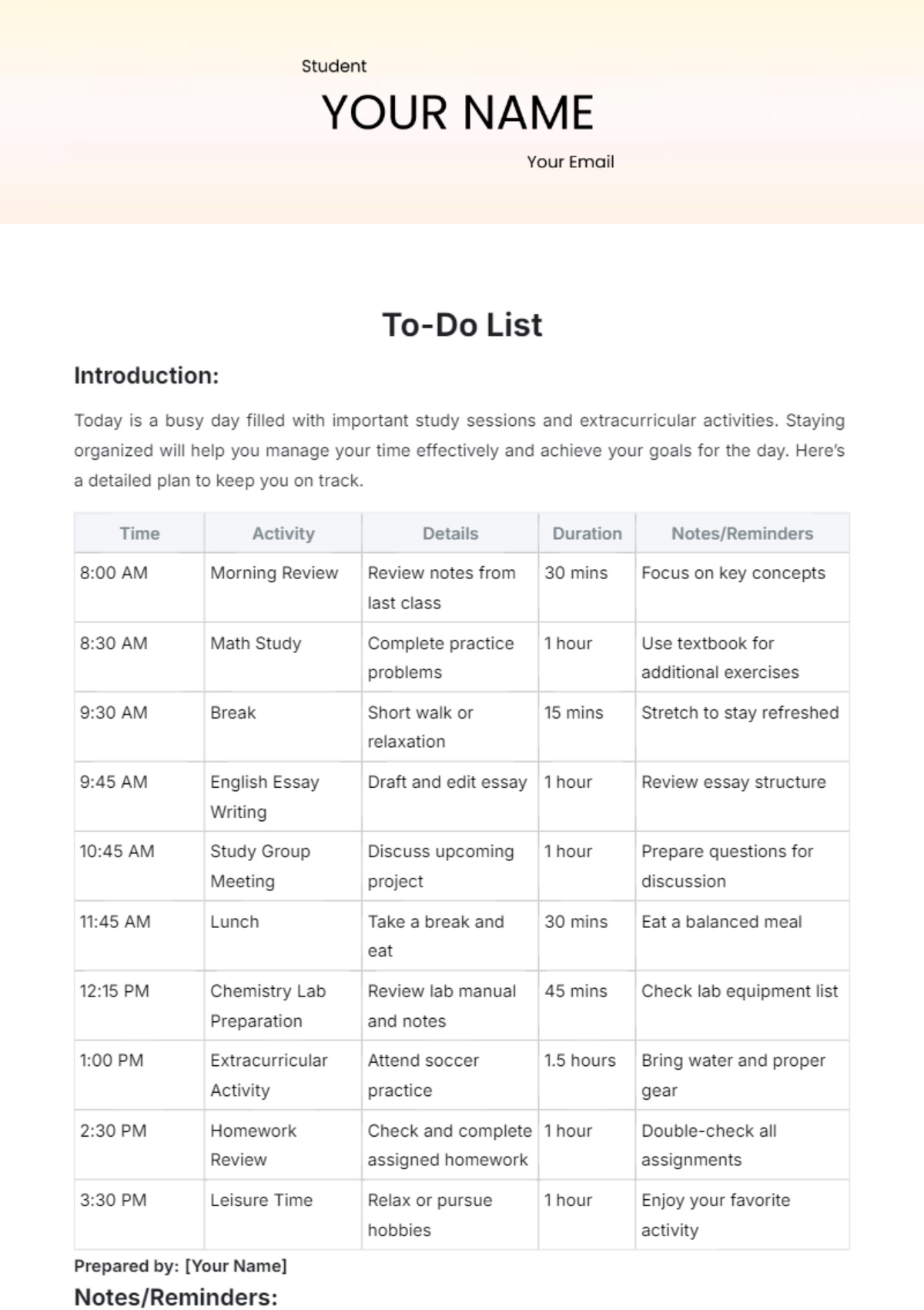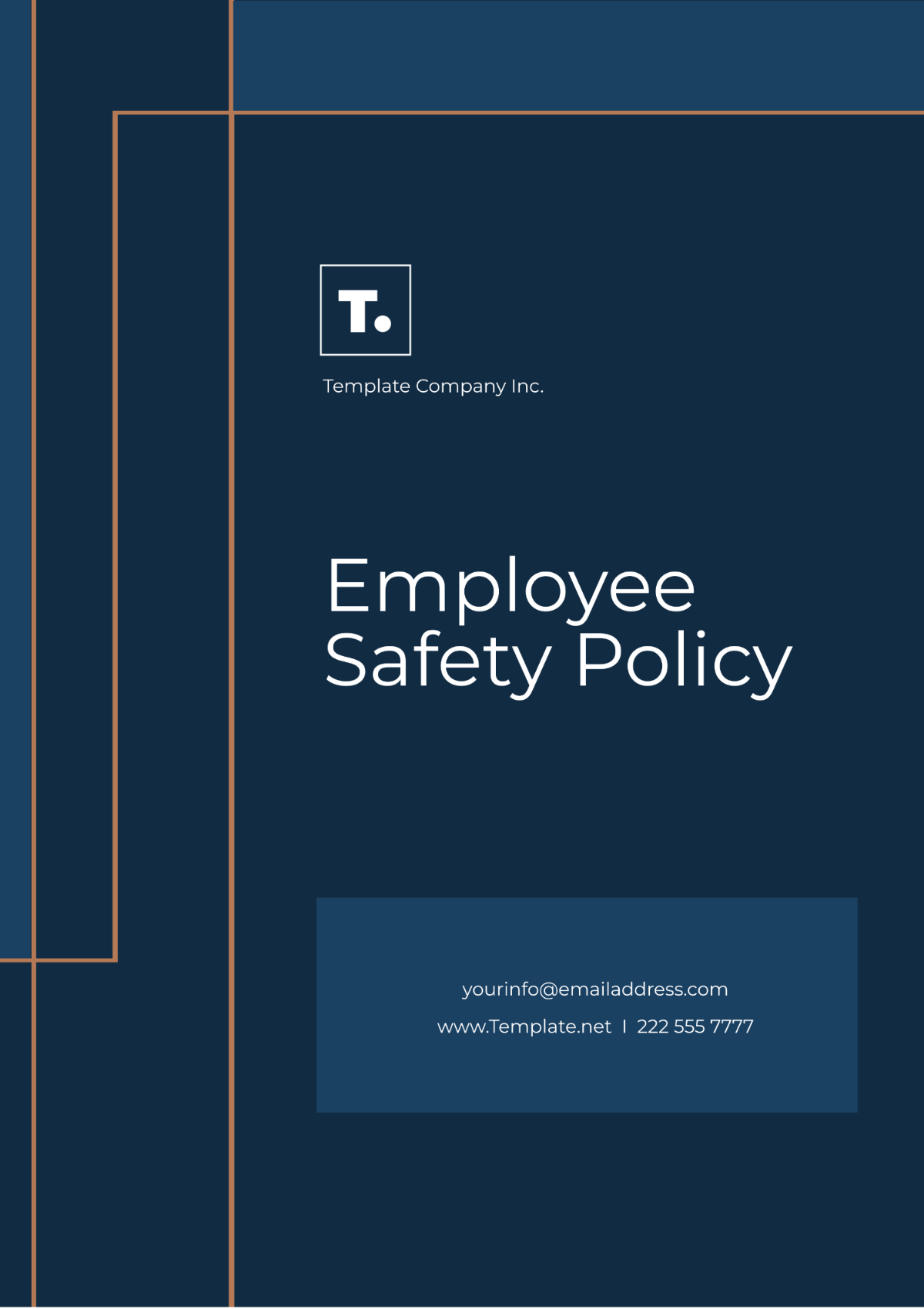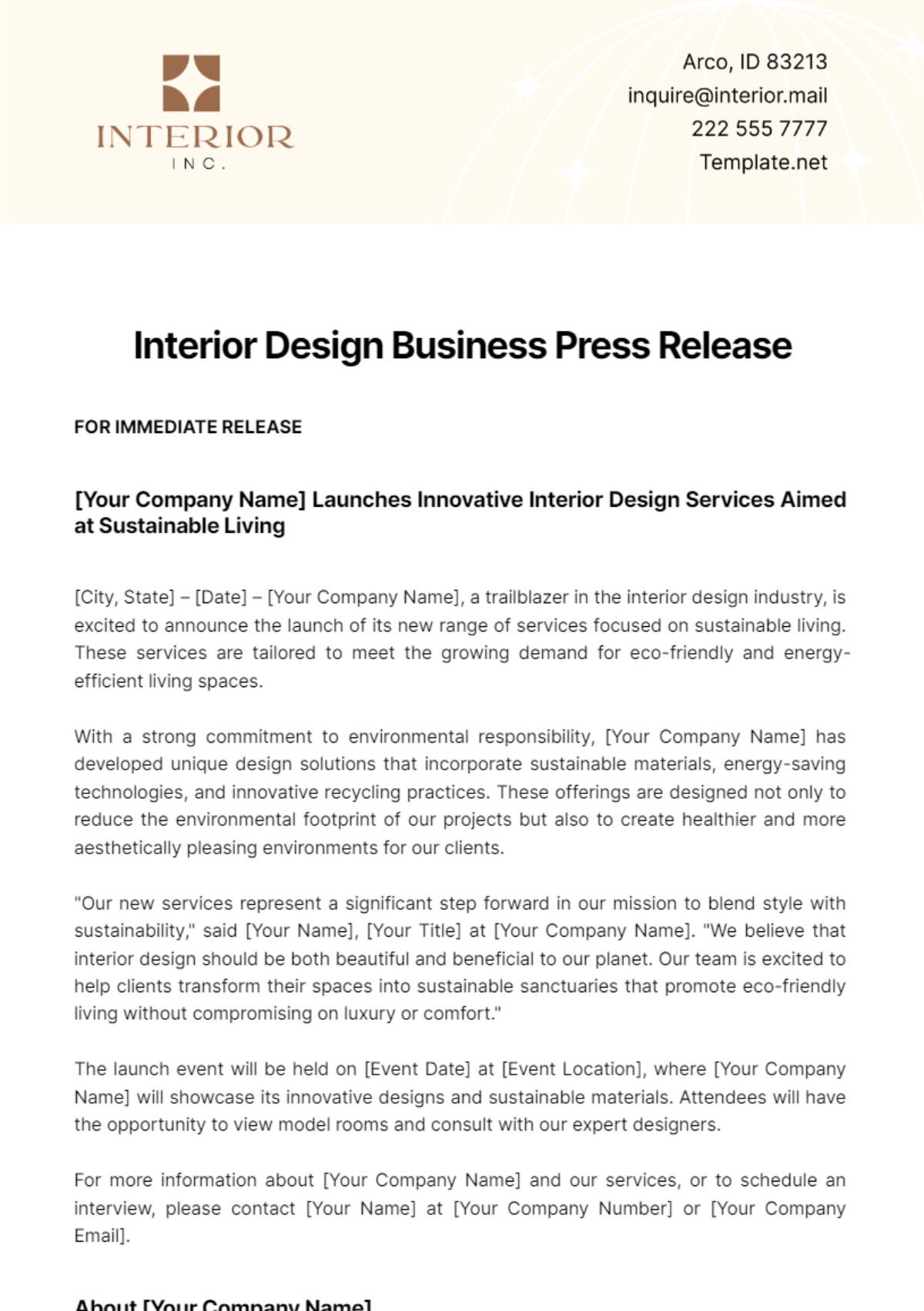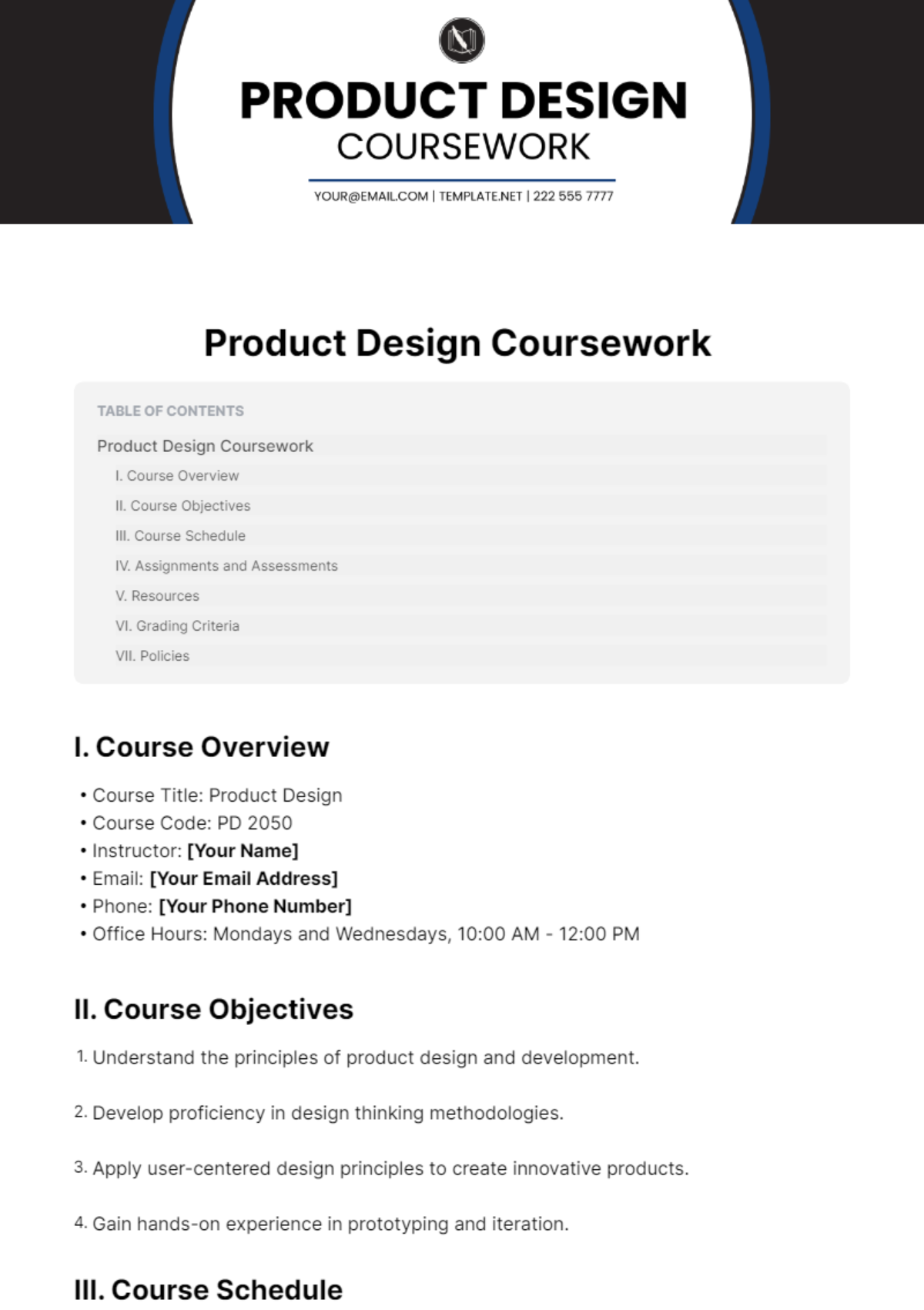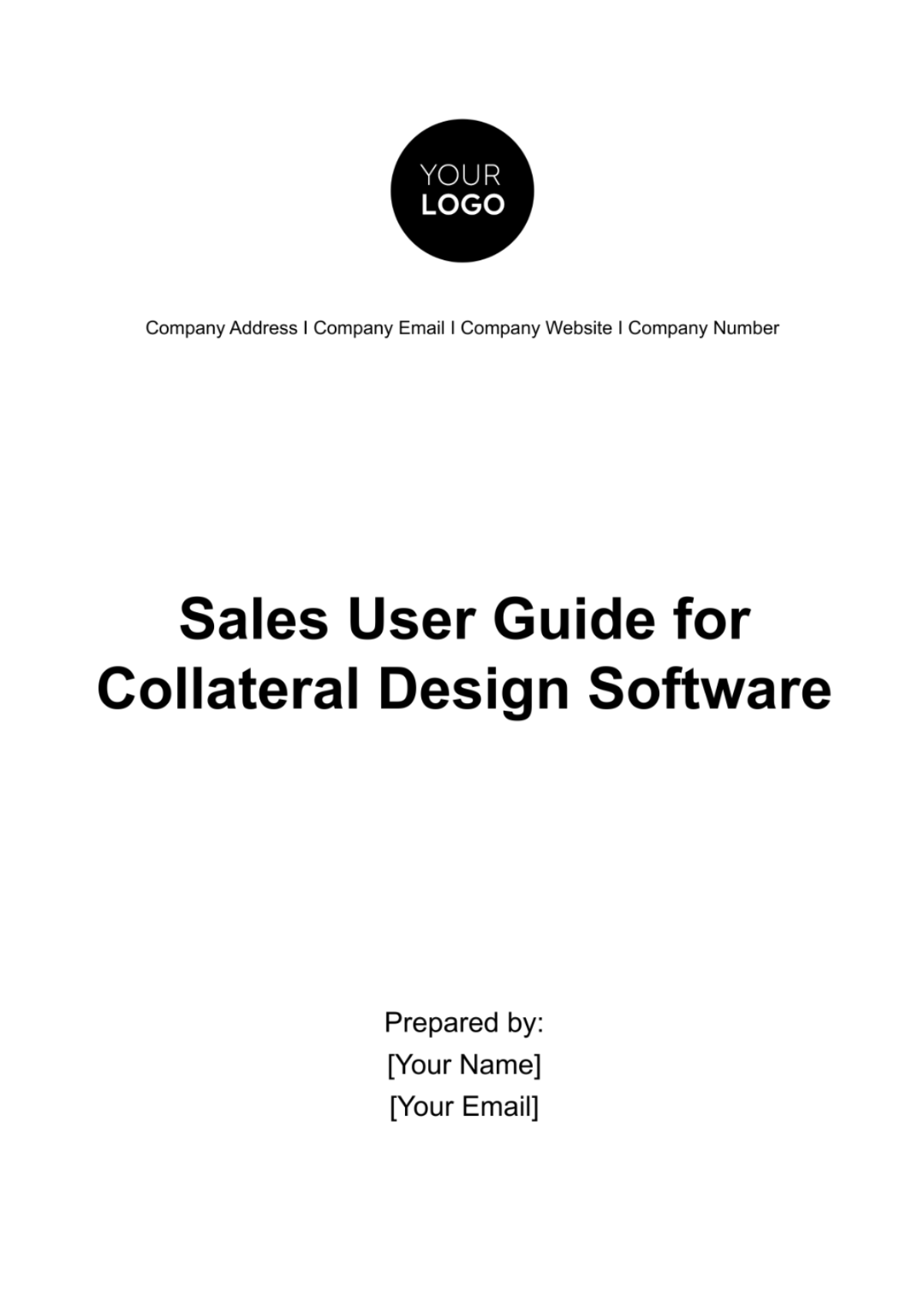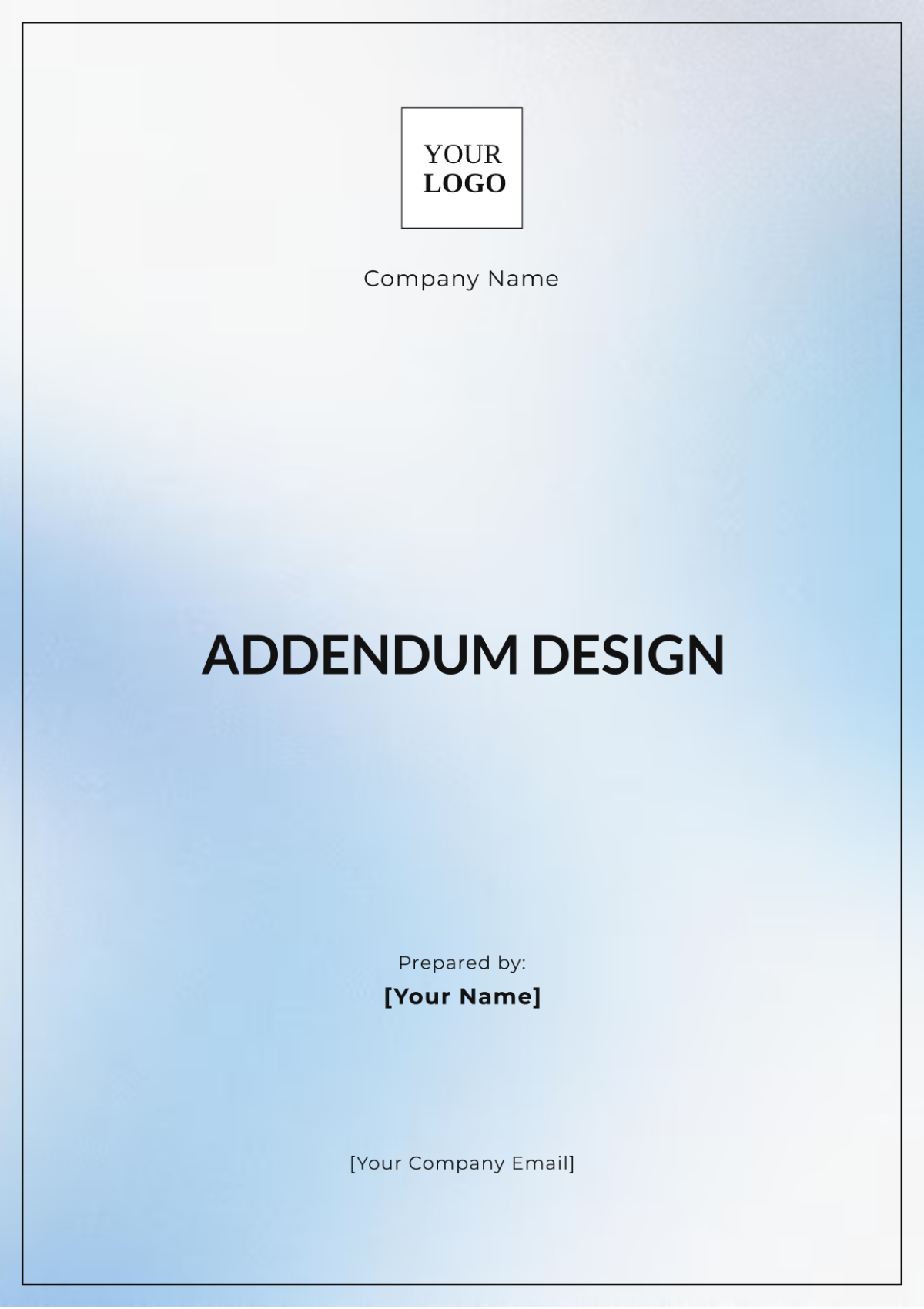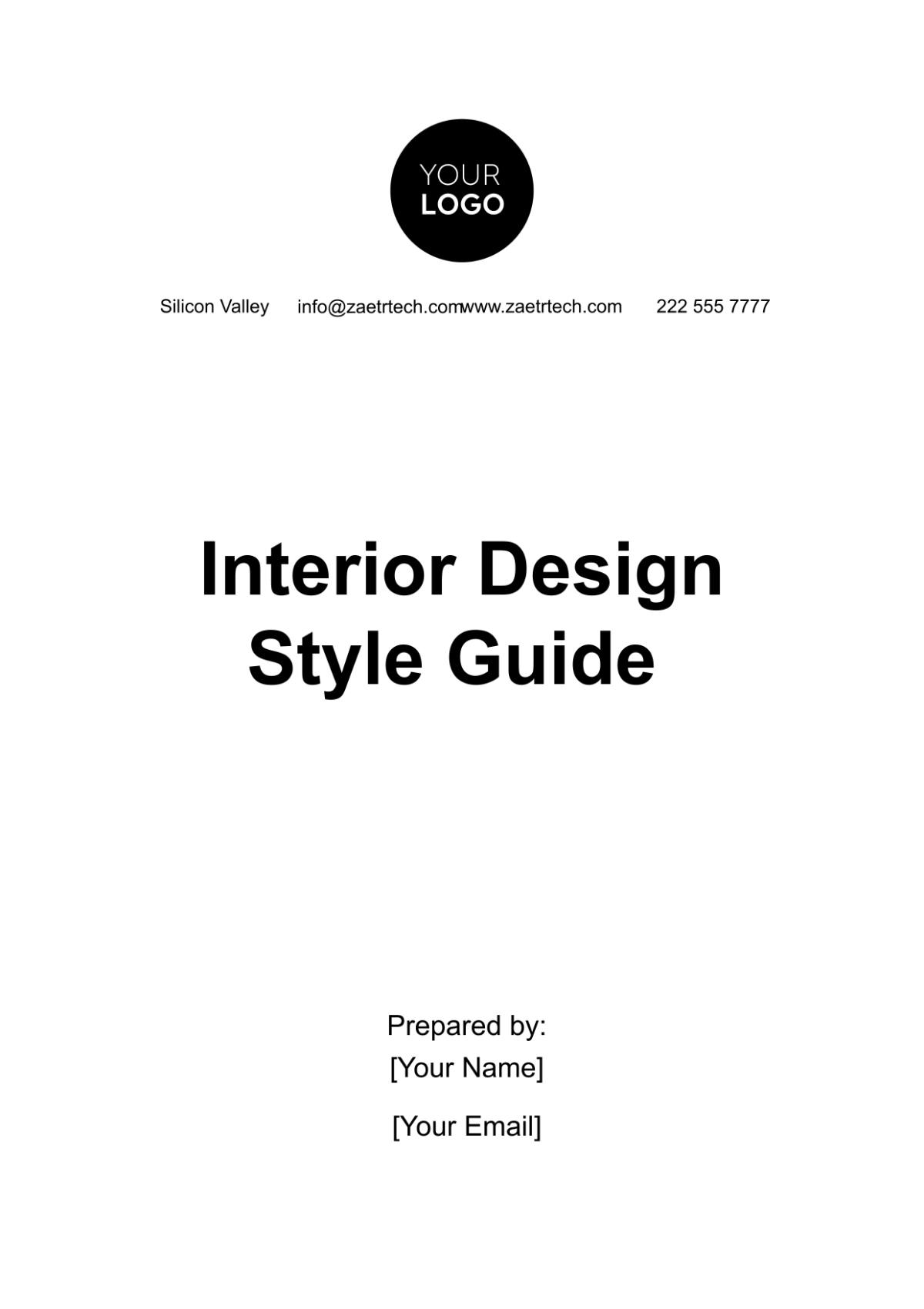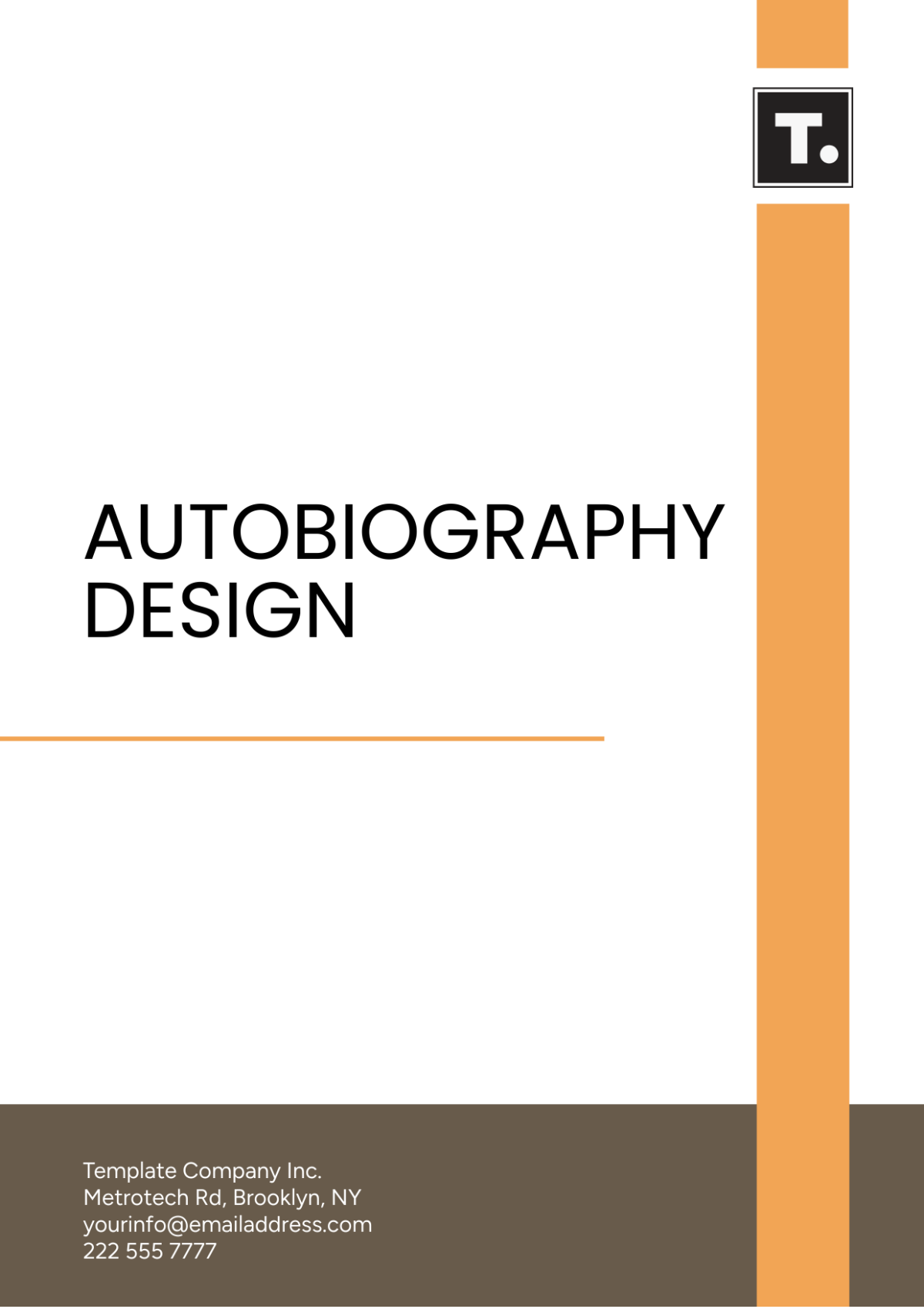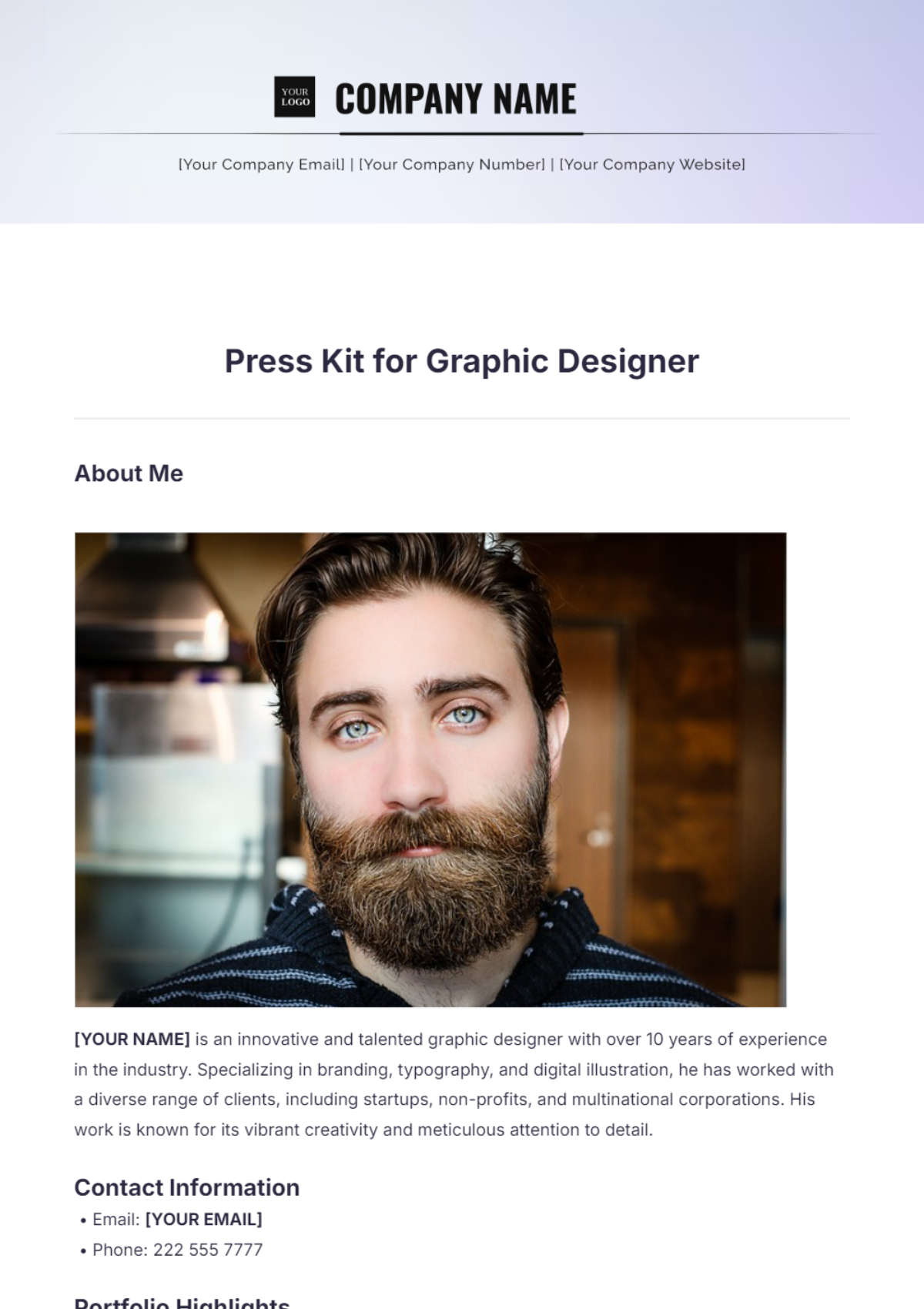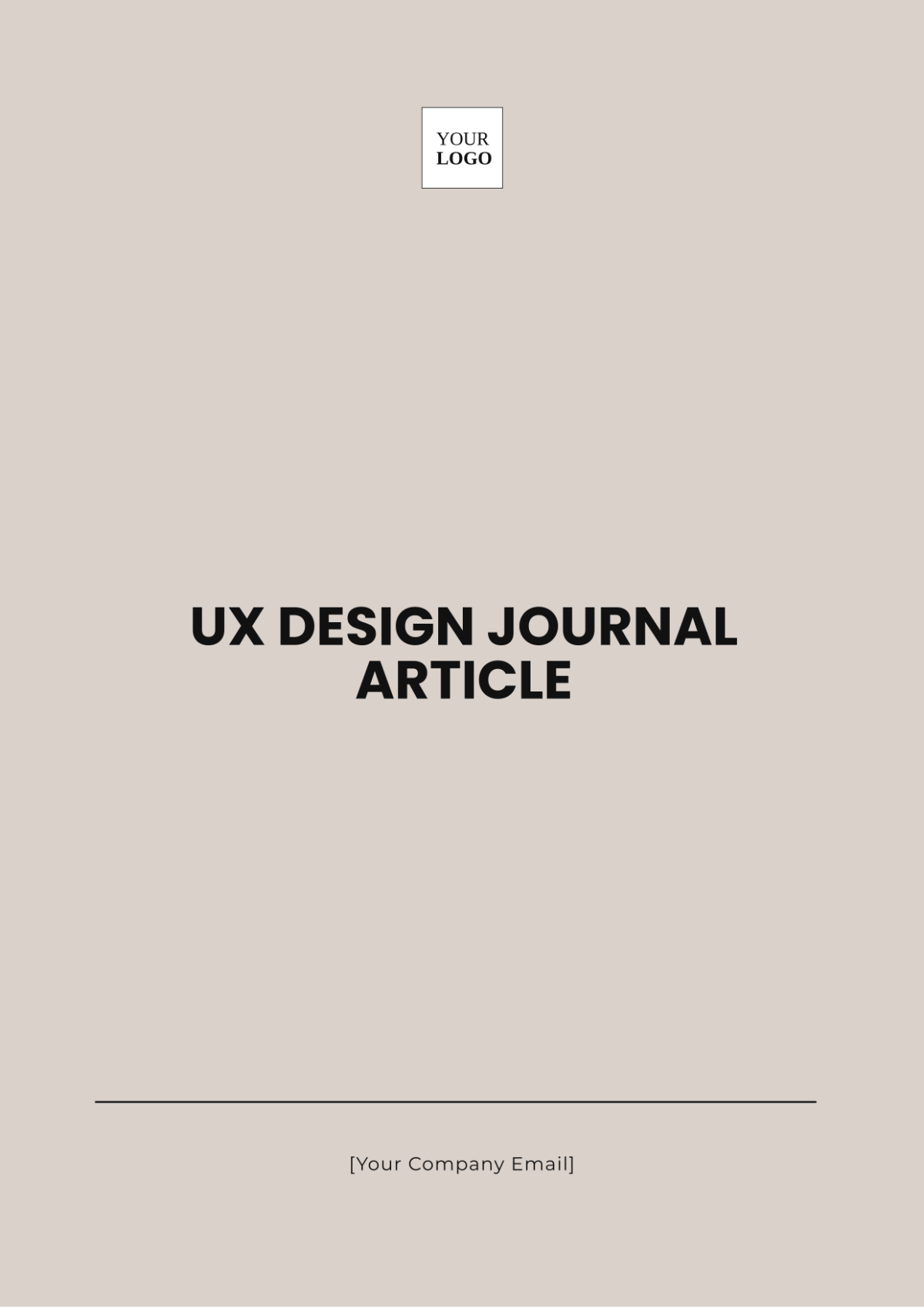Product Design Case Study
I. Introduction
In this section, provide an overview of the project, including the client or company involved, the problem statement, and the objectives of the design initiative.
The [Your Company Name] team collaborated with [Client Name] to address the challenge of [Description of the problem or opportunity]. The primary goal was to [Main objectives of the project].
II. Research and Discovery
This section outlines the research methodologies employed, key findings, and insights gained during the discovery phase of the project.
A. User Research
Conducted interviews with [number] target users to understand their needs, pain points, and behaviors.
Utilized surveys to gather quantitative data on user preferences and usage patterns.
Synthesized research findings to identify common themes and user personas.
B. Market Analysis
Analyzed competitors' products and identified gaps and opportunities in the market.
Studied industry trends and emerging technologies relevant to the product domain.
Conducted a SWOT analysis to assess the strengths, weaknesses, opportunities, and threats in the market landscape.
III. Ideation and Concept Development
In this section, describe the ideation process, brainstorming sessions, and how design concepts were generated and evaluated.
The [Your Department] team conducted several ideation workshops to explore potential solutions to the identified user needs. This involved:
Brainstorming sessions to generate a wide range of ideas.
Sketching and prototyping of multiple design concepts.
Iterative feedback loops with stakeholders to refine and prioritize concepts based on feasibility and impact.
IV. Prototyping and Testing
Detail the prototyping methods used and the outcomes of user testing sessions conducted to validate design assumptions.
A. Prototyping
Developed low-fidelity wireframes and mockups to visualize design concepts.
Created interactive prototypes using a tool/platform.
Iteratively refined prototypes based on feedback from internal reviews and usability testing.
B. User Testing
Recruited [number] participants representative of the target user demographics.
Conducted usability testing sessions to evaluate the effectiveness and usability of the prototypes.
Iteratively refined designs based on user feedback to improve user experience.
V. Implementation and Results
This section discusses the implementation of the final design solution and the outcomes achieved.
The [Your Department] team collaborated closely with the development team to implement the final design solution, which involved:
Translating design assets into production-ready specifications.
Conducting design QA to ensure fidelity to the intended user experience.
Launching the product and monitoring user feedback and metrics post-launch.
The results of the project included:
A. Key metrics or KPIs improved or achieved
Website traffic increased by 30%.
The conversion rate rose by 20%.
Customer retention improved by 15%.
B. Positive user feedback or testimonials
"The new features are fantastic! They make the whole experience much smoother."
"I love the updated design. It's so much easier to navigate now."
"The customer support team is amazing. They're always quick to respond and super helpful."
C. Impact on business goals or objectives
Revenue grew by 25% within the first quarter of implementation.
Market share increased by 10% in our target demographic.
Operational efficiency improved by streamlining processes, resulting in a 15% reduction in costs.
VI. Conclusion
Summarize the key takeaways from the project, lessons learned, and future recommendations.
In conclusion, the [Your Company Name] team successfully tackled the challenge of [Description of the problem or opportunity] by leveraging a user-centered design approach. Through research, ideation, prototyping, and testing, we developed a [The Final Product] that [Impact or value delivered].
Prepared By:
[Your Name]
